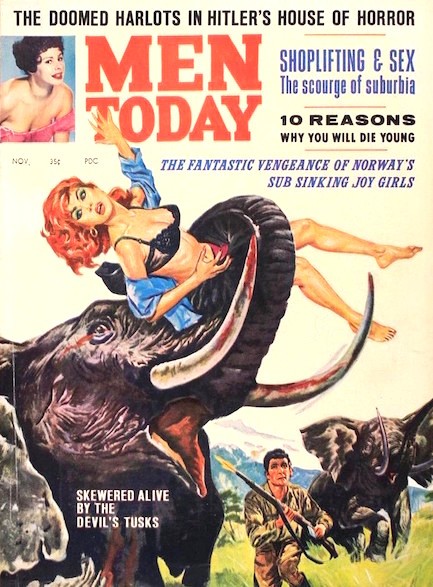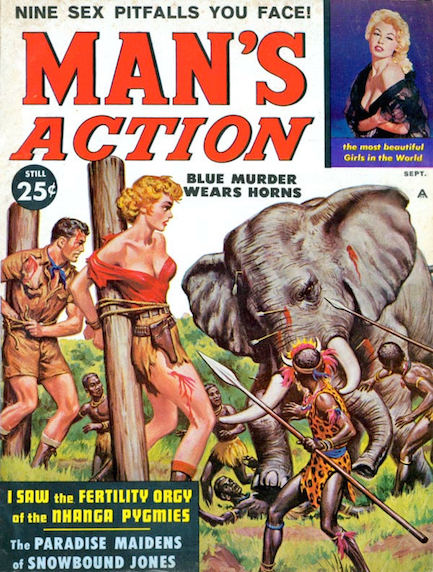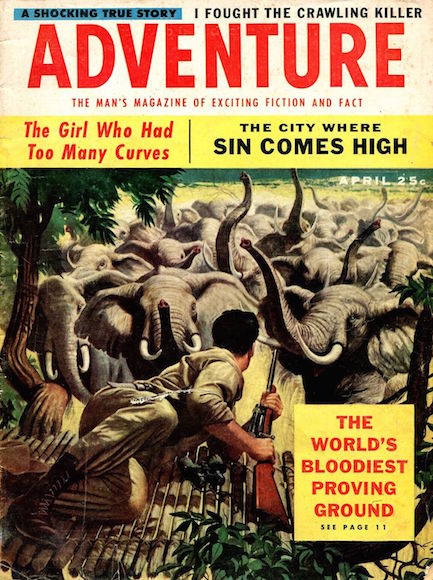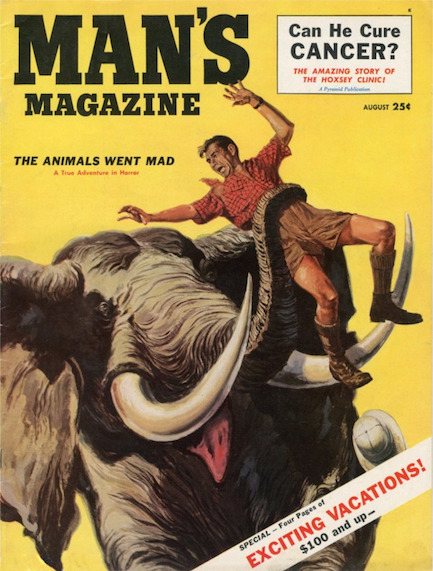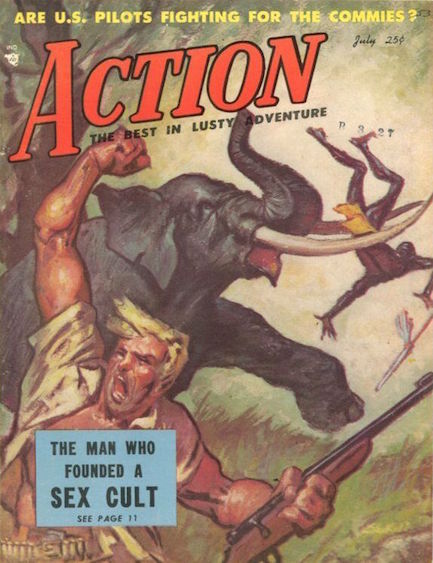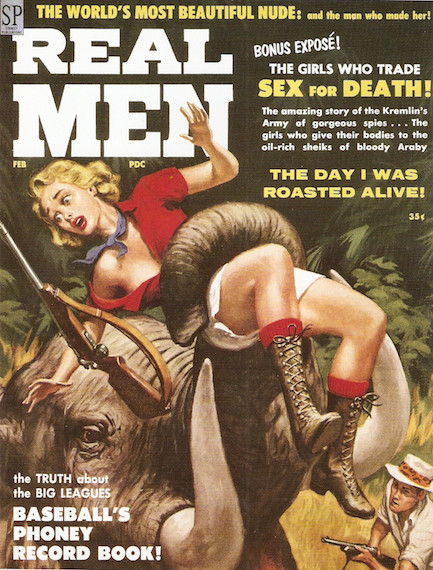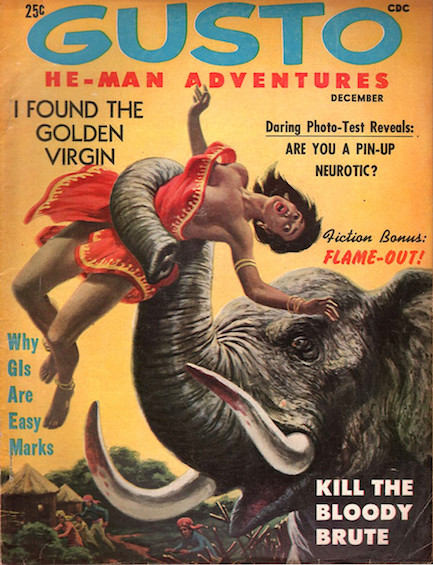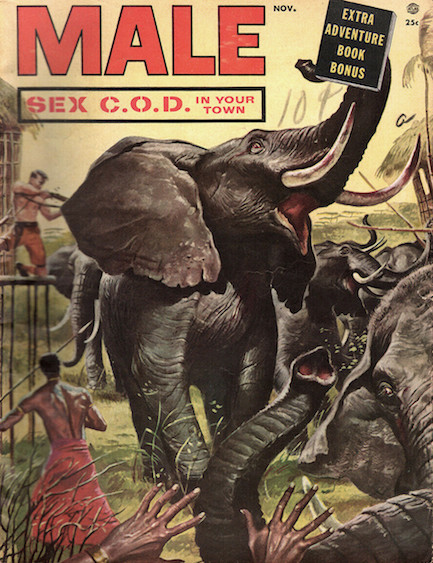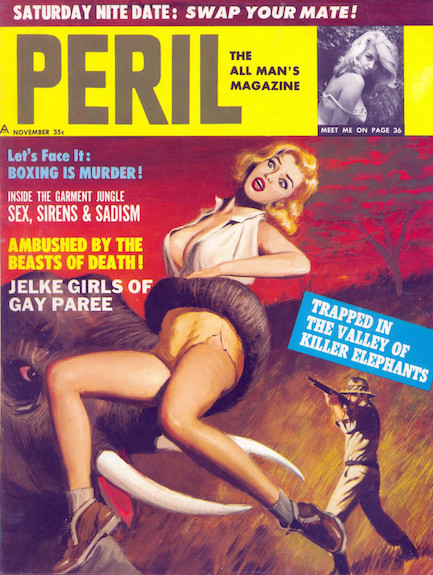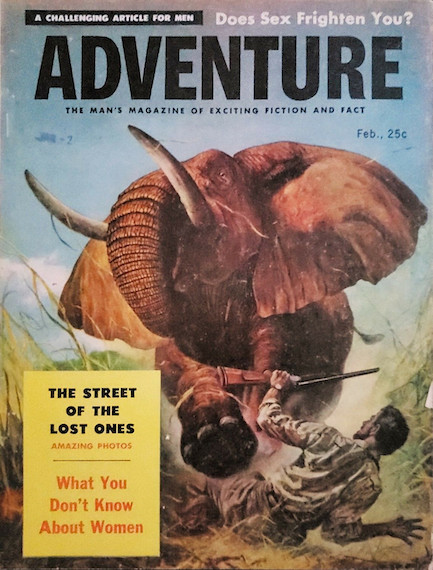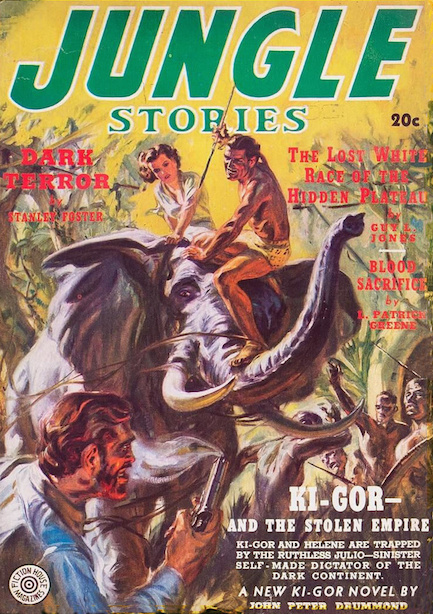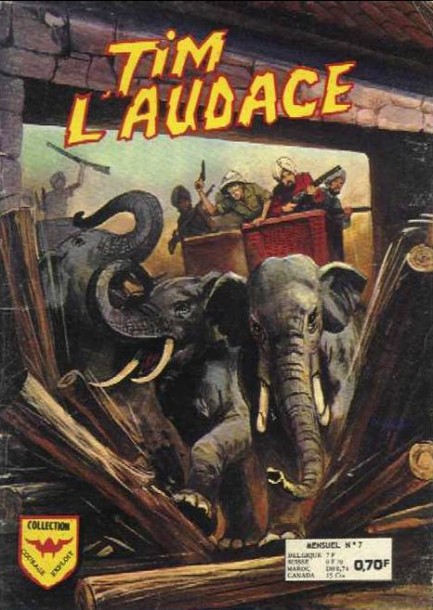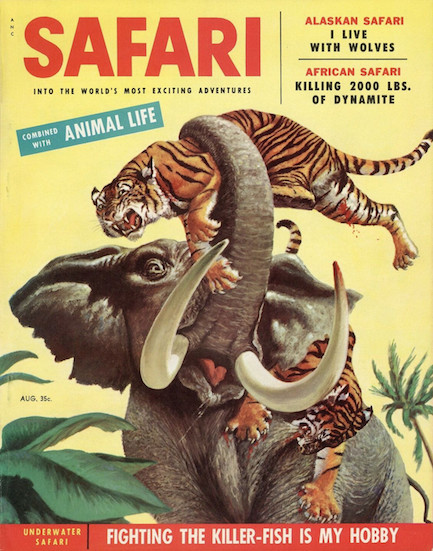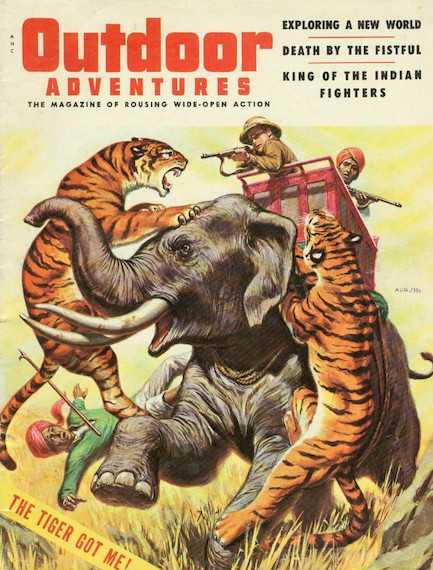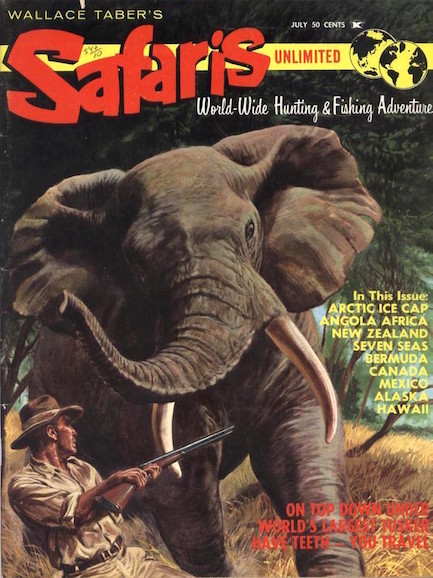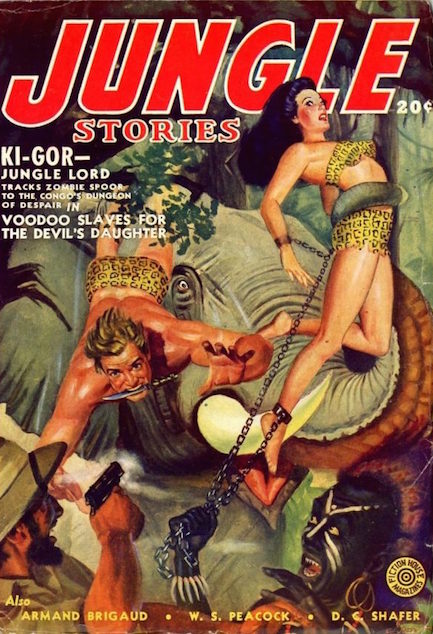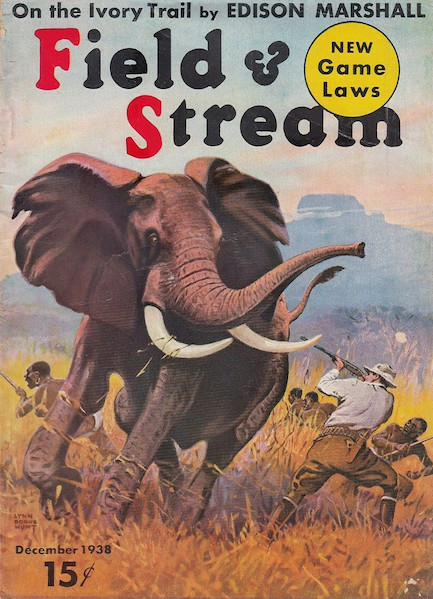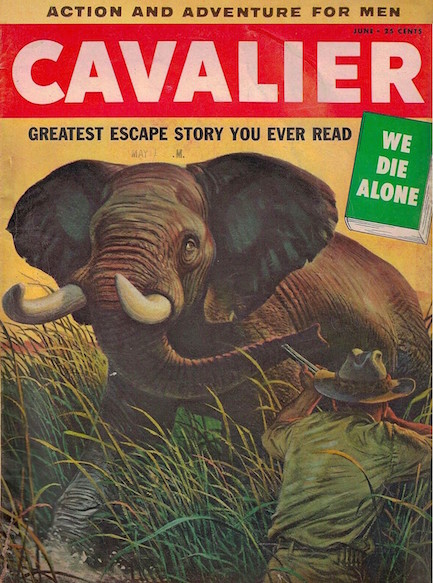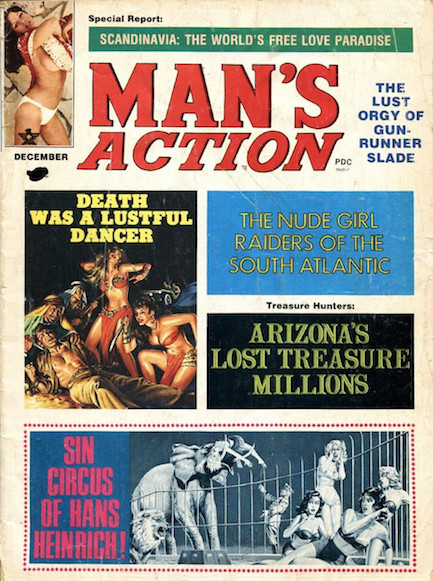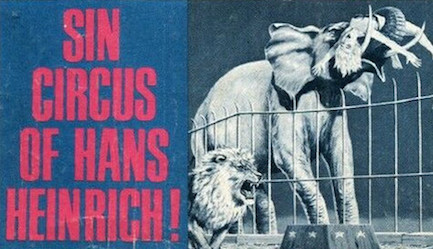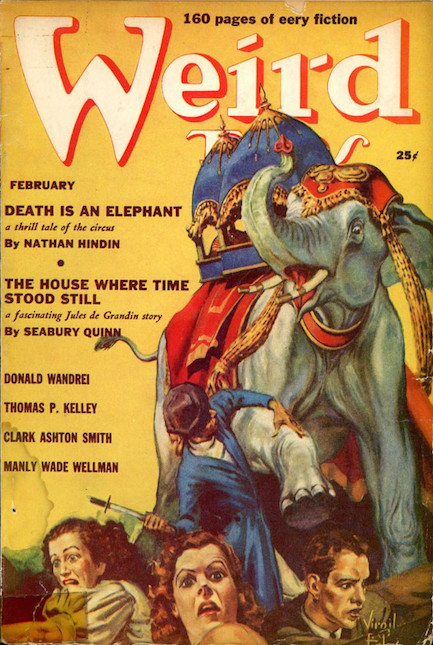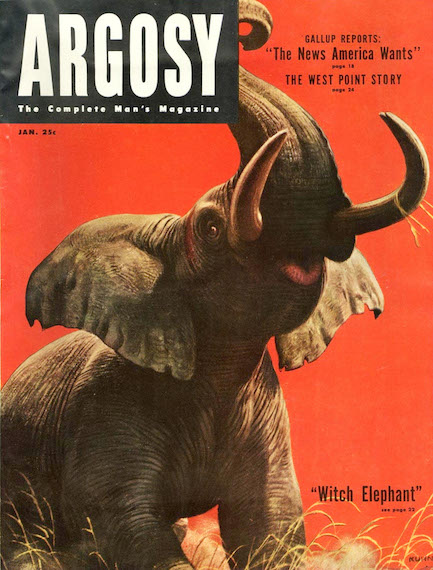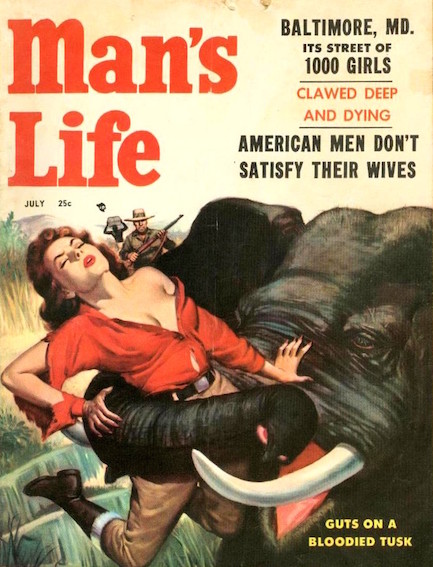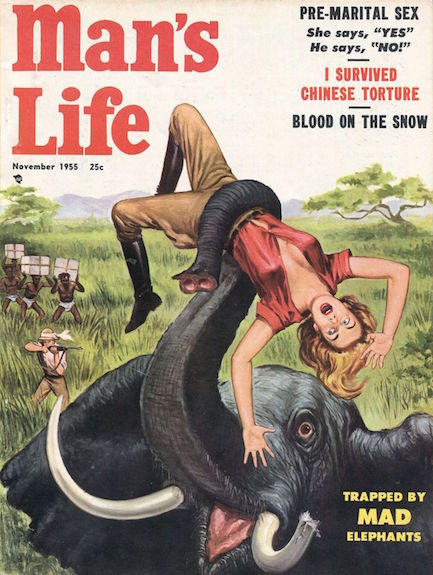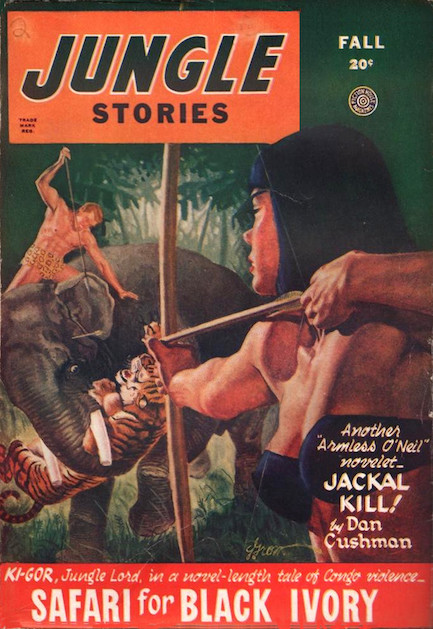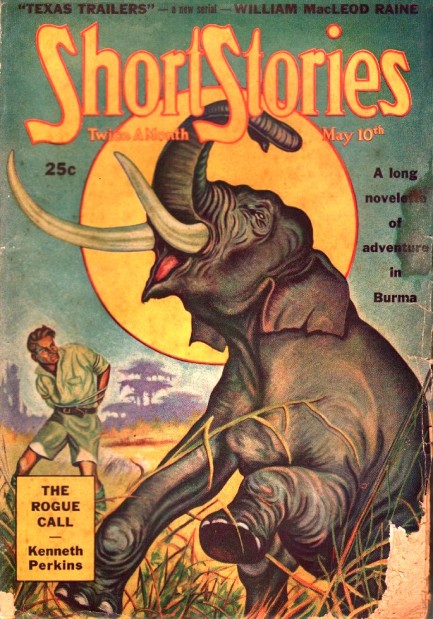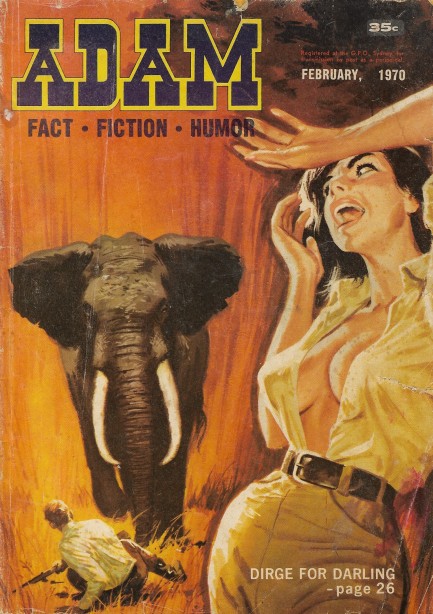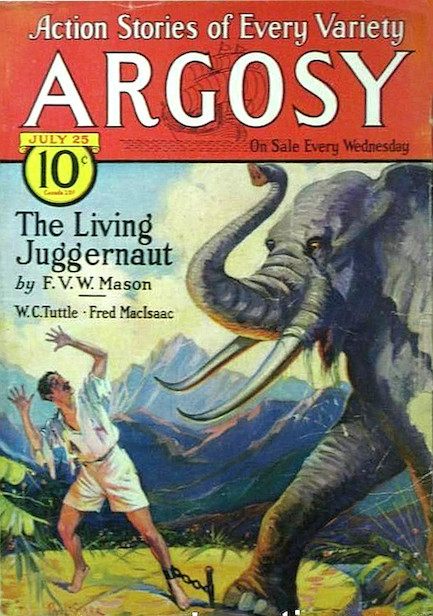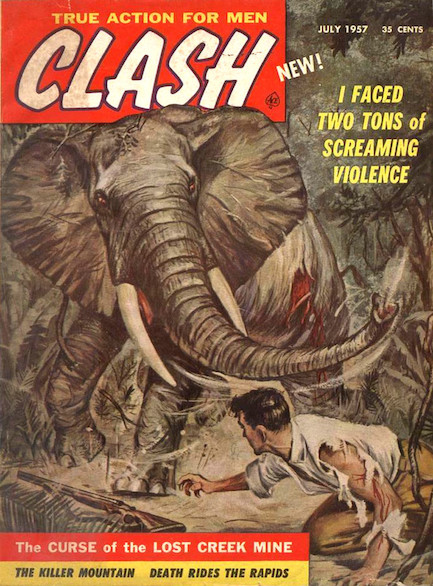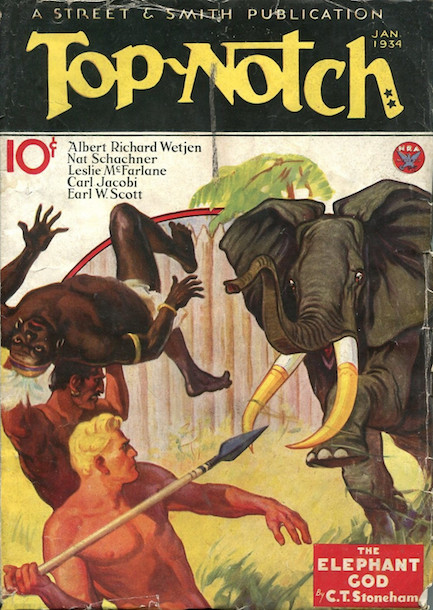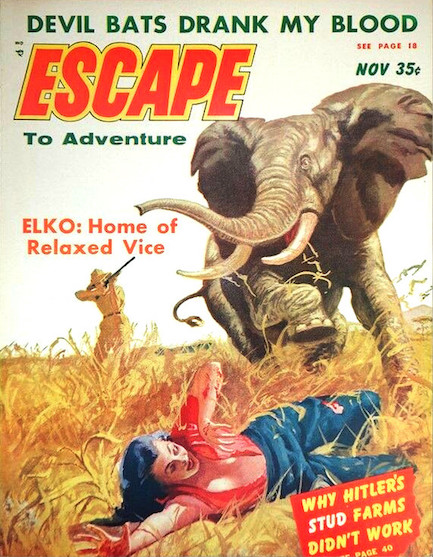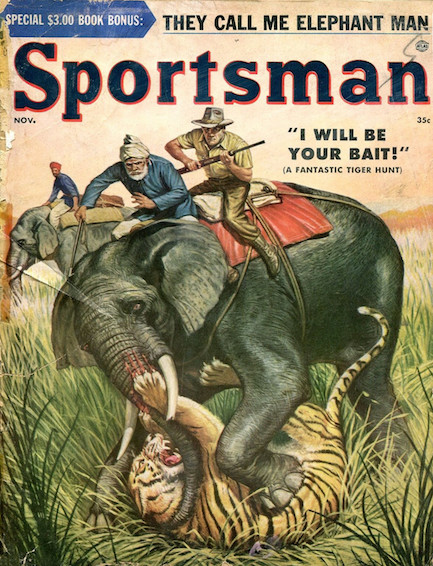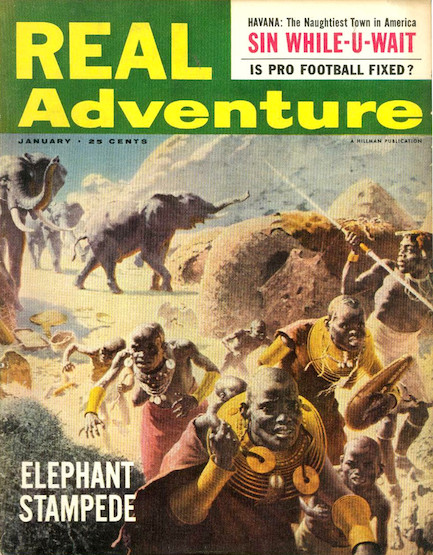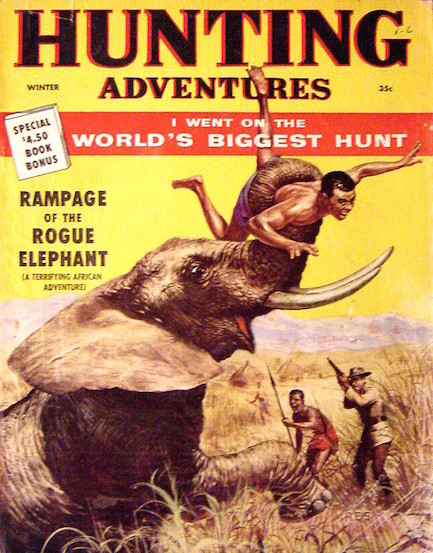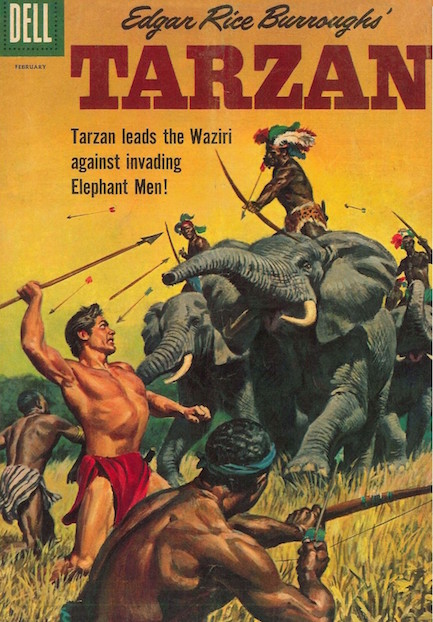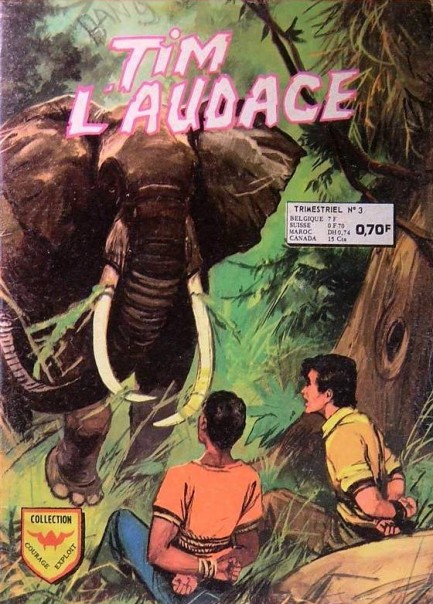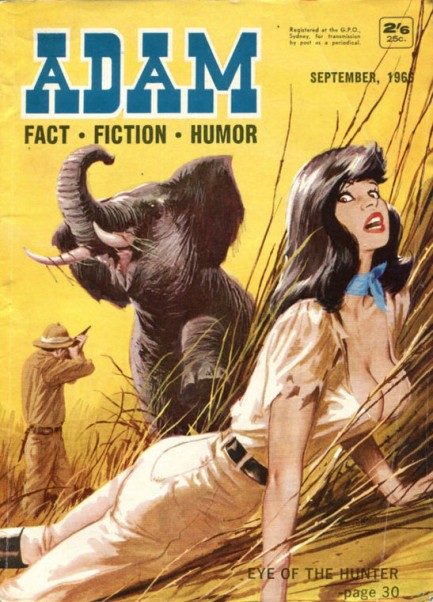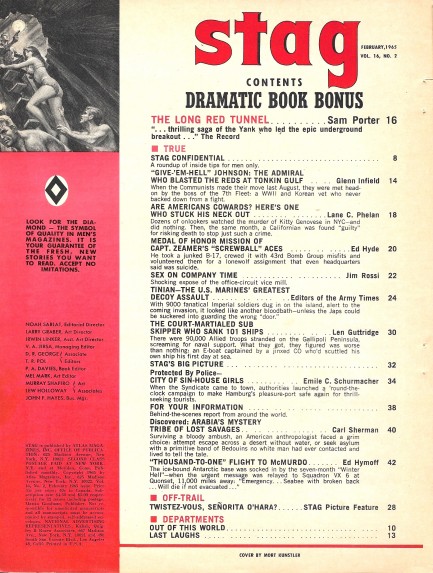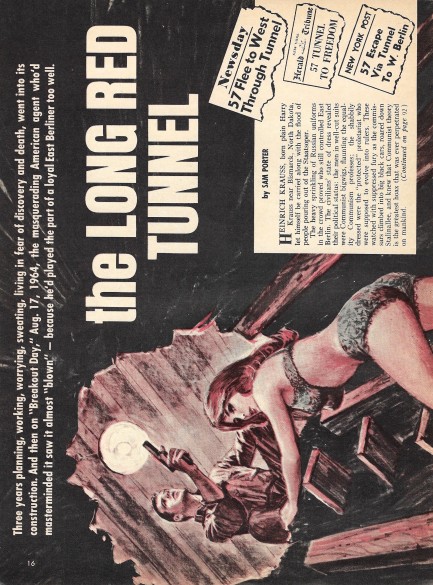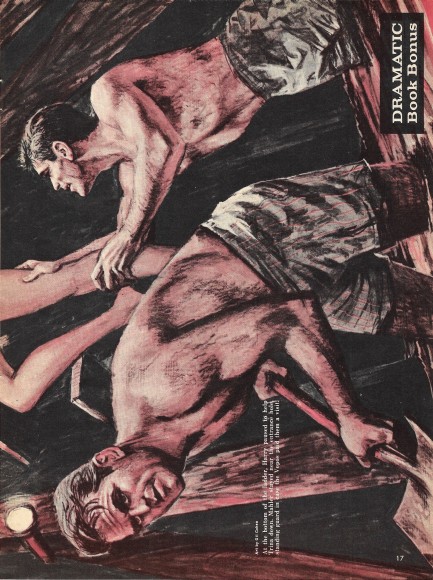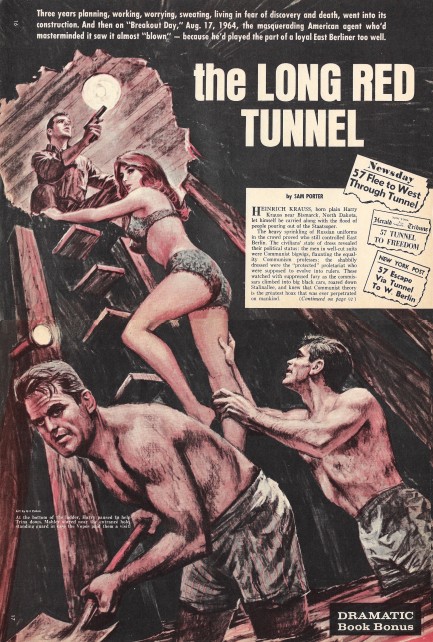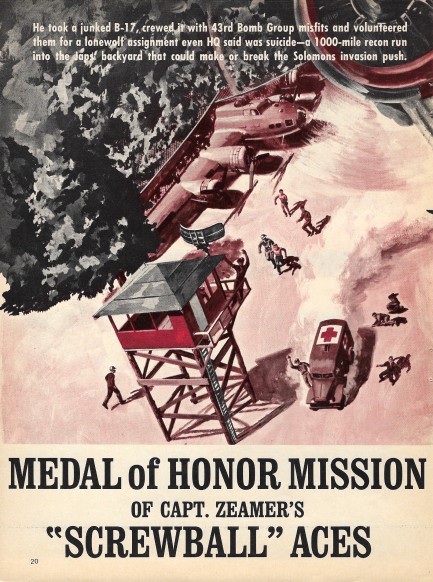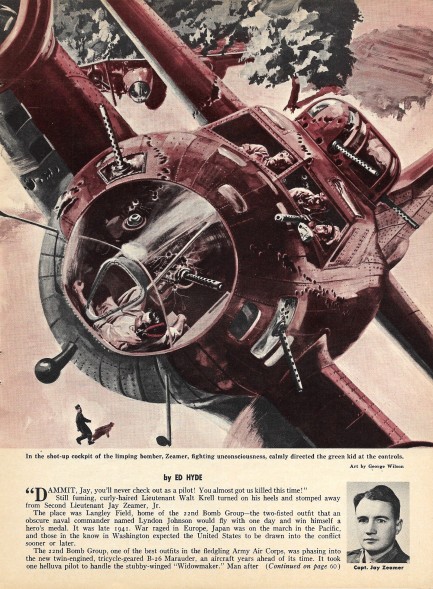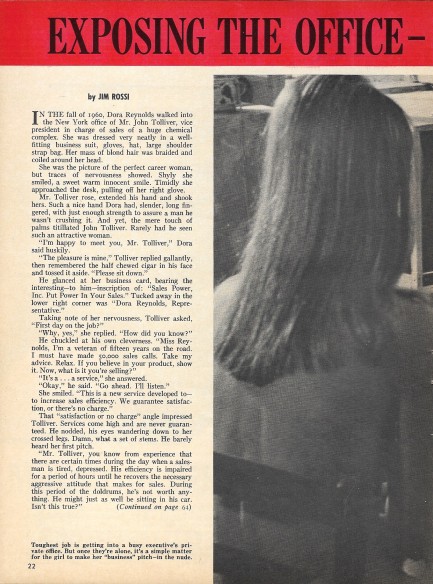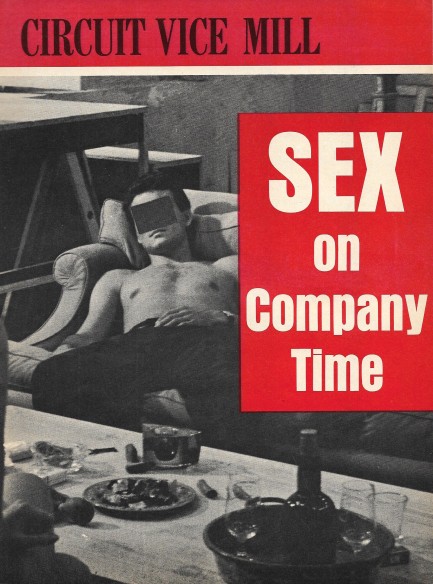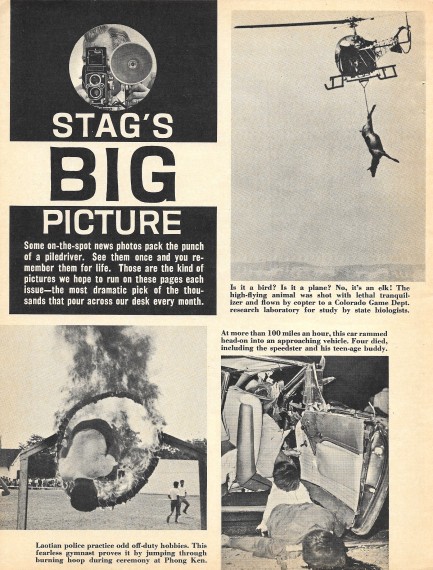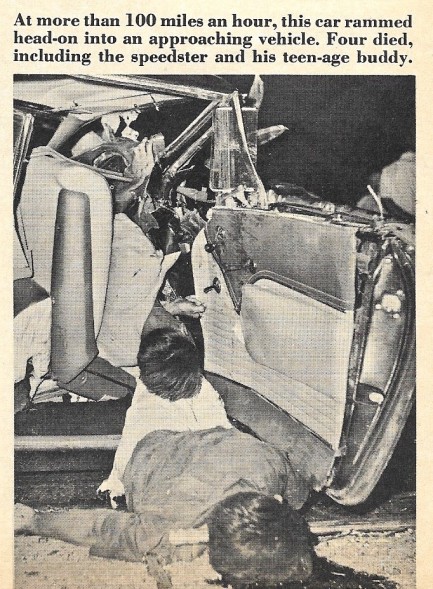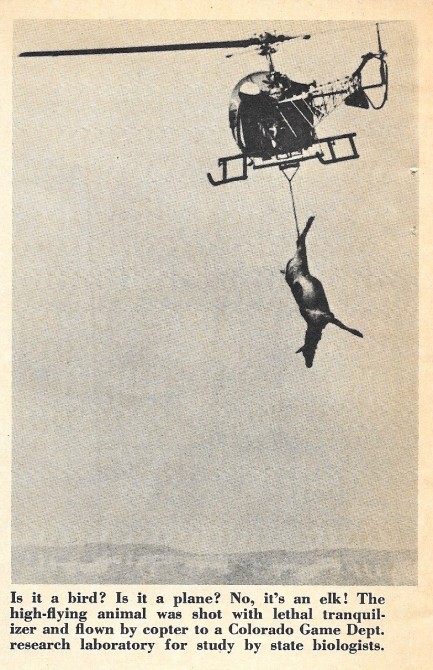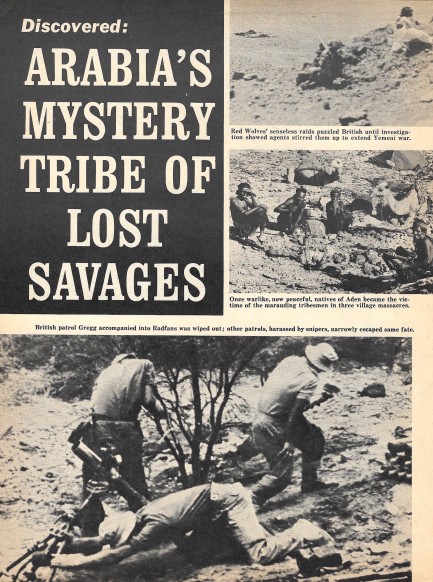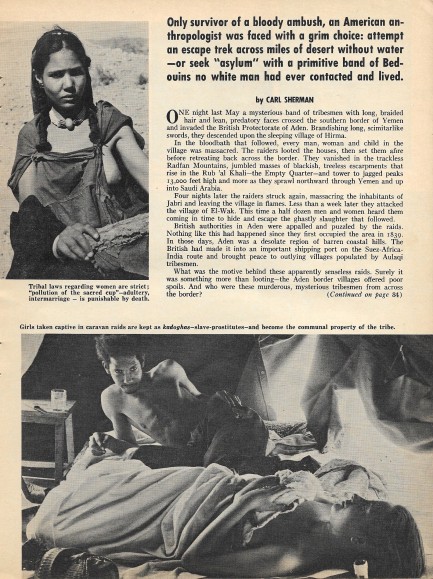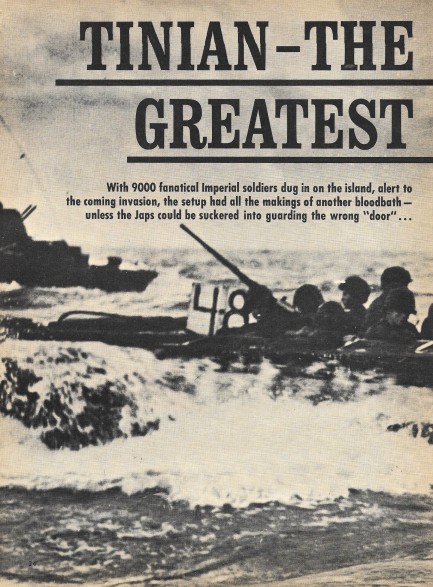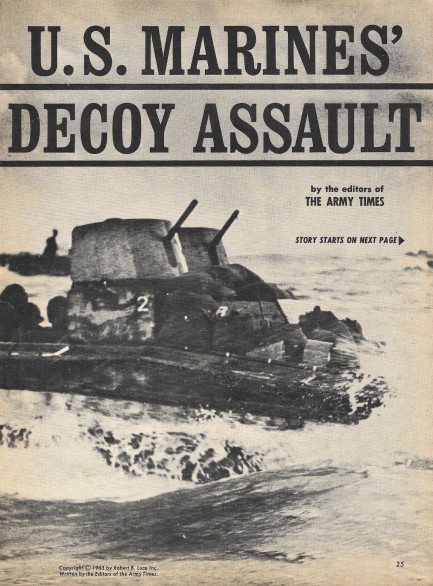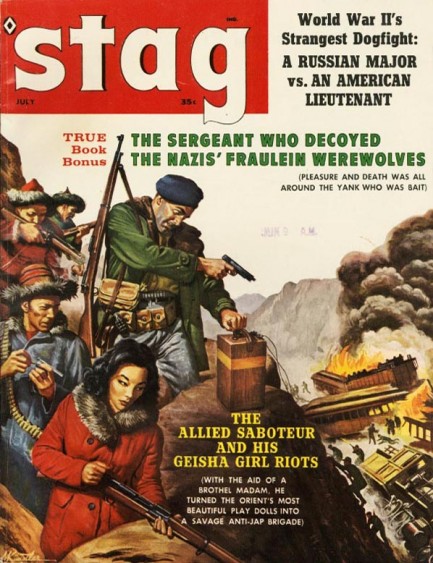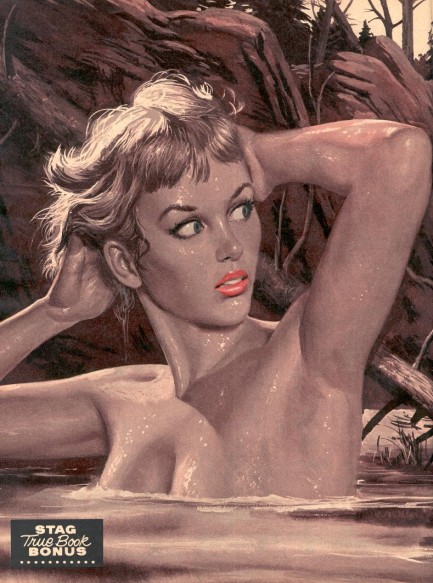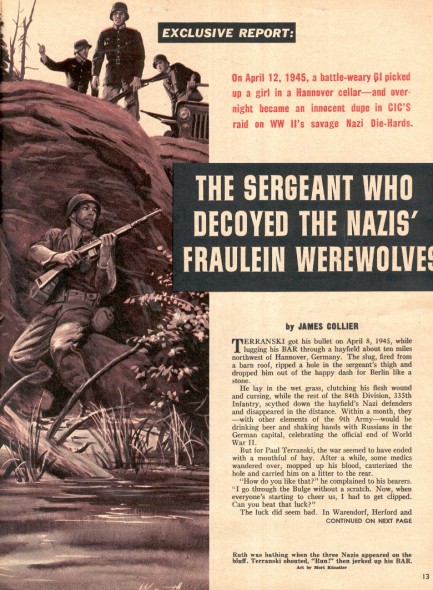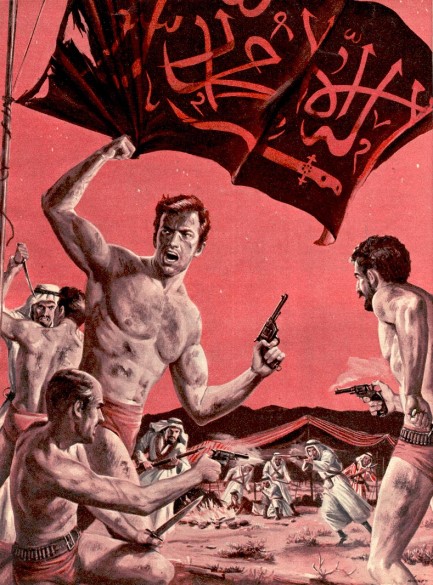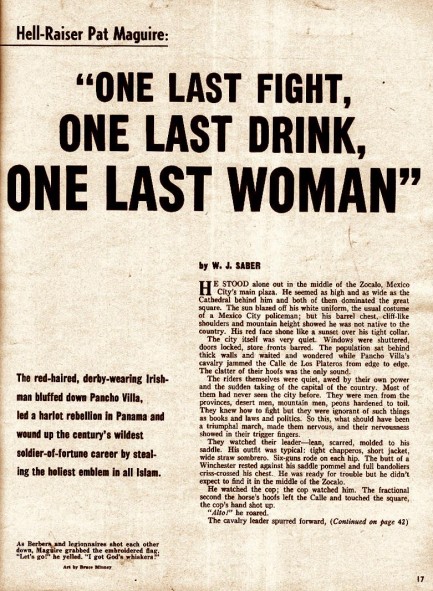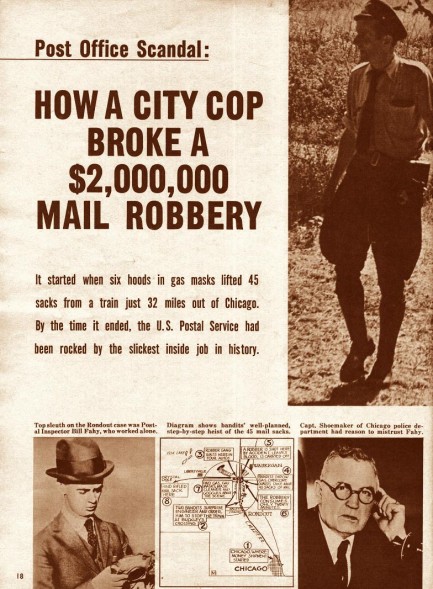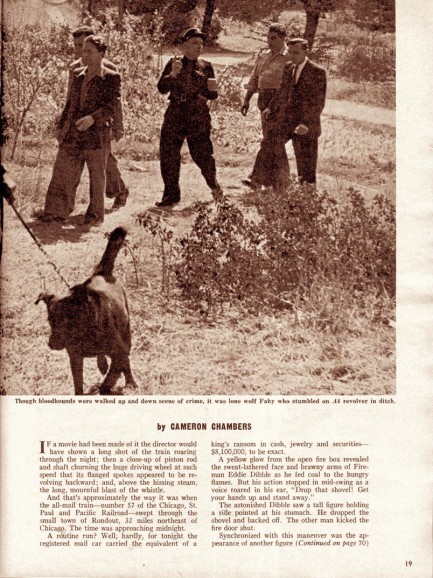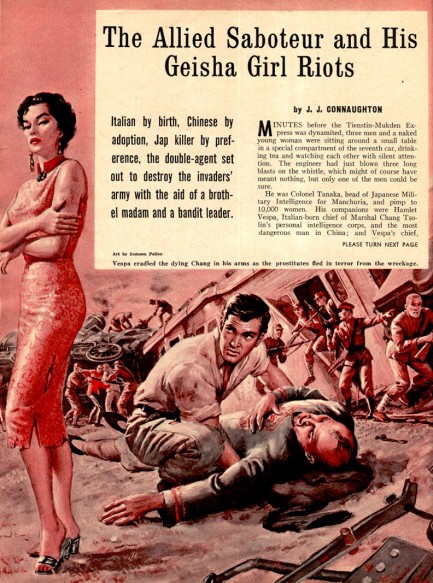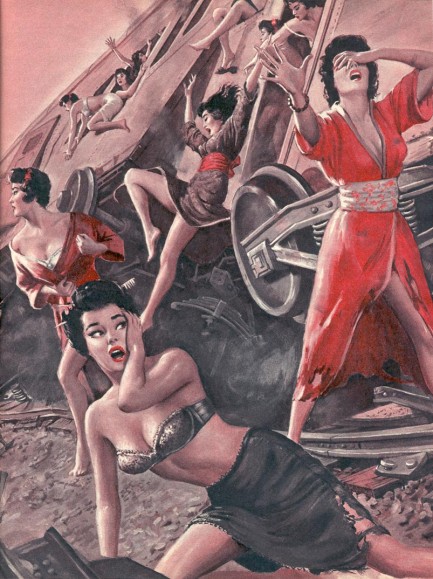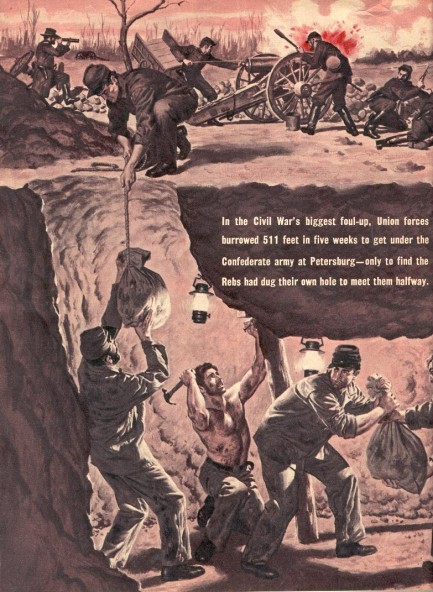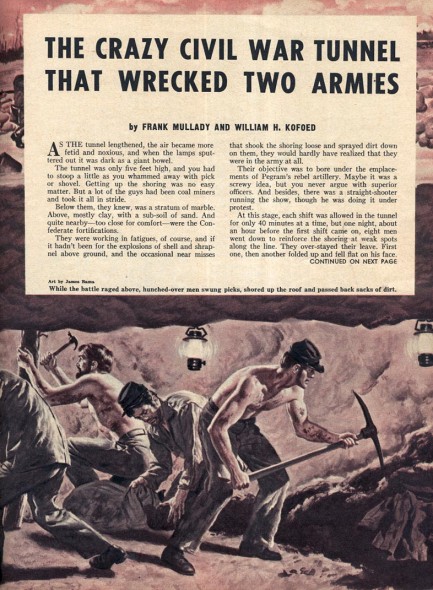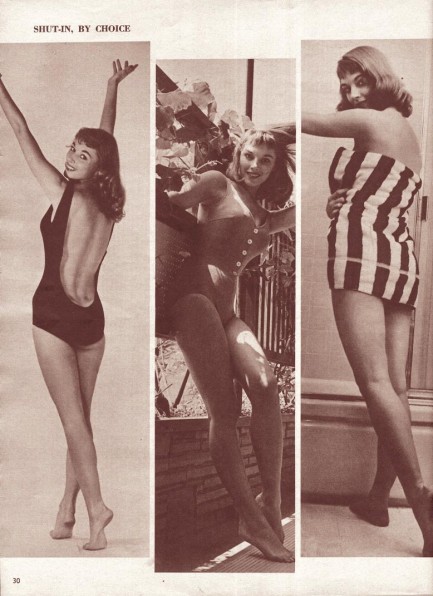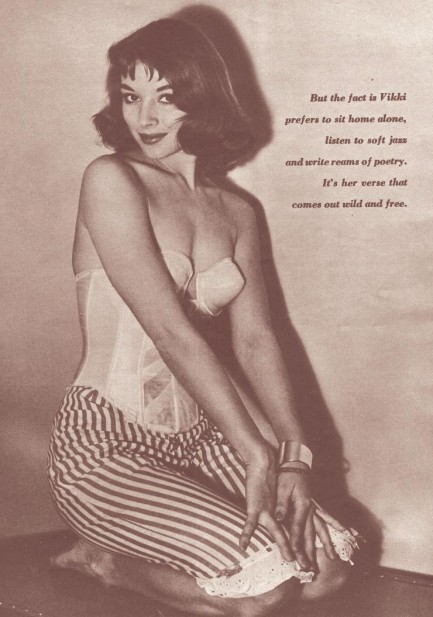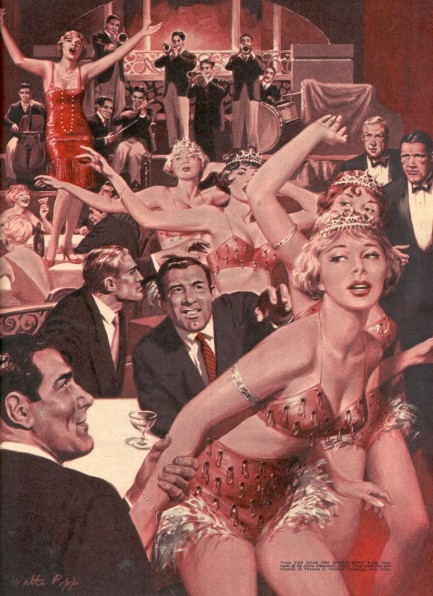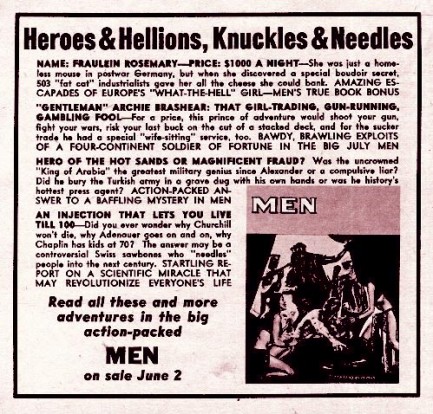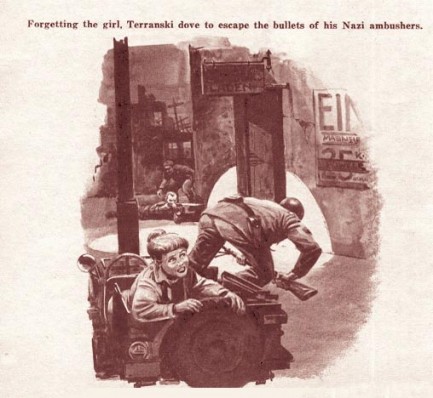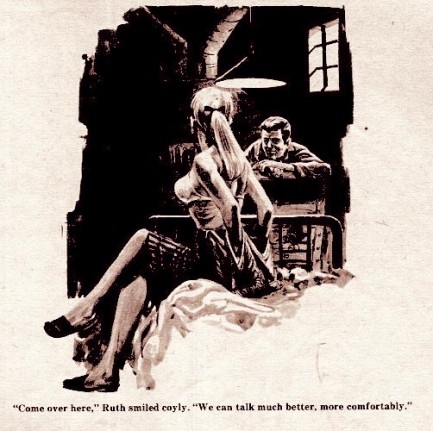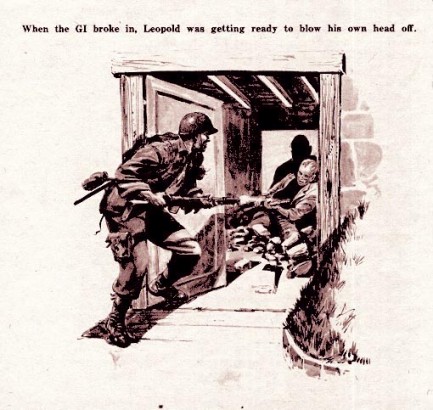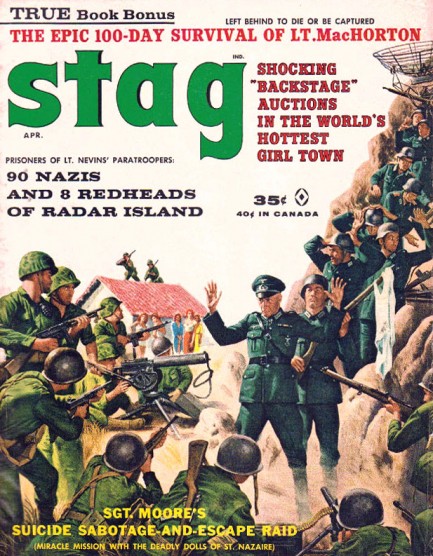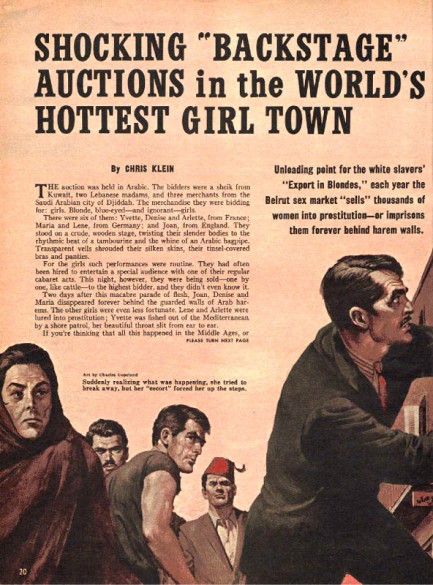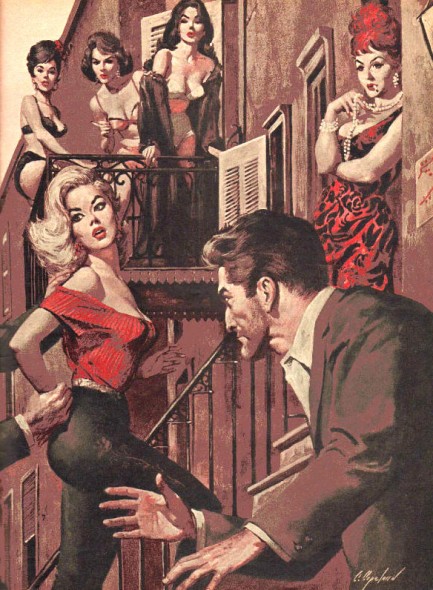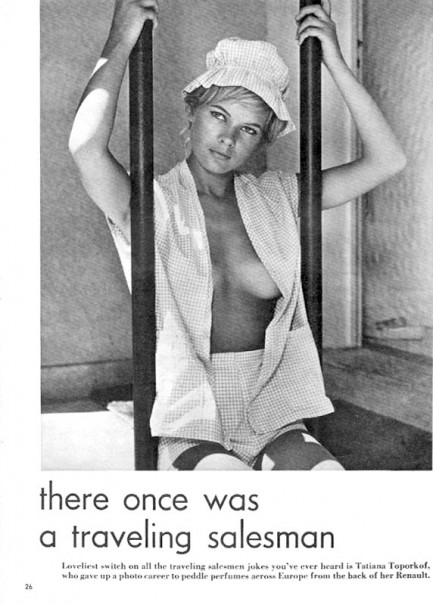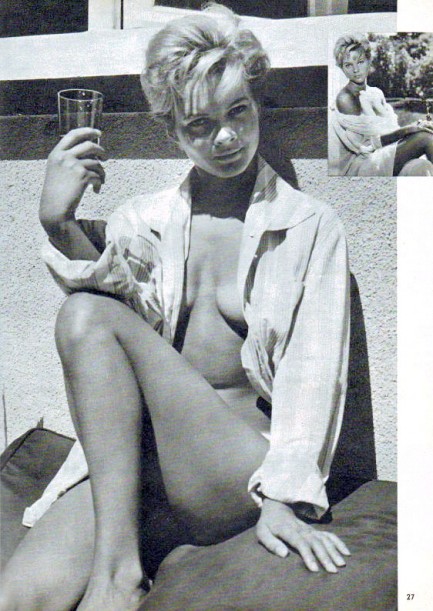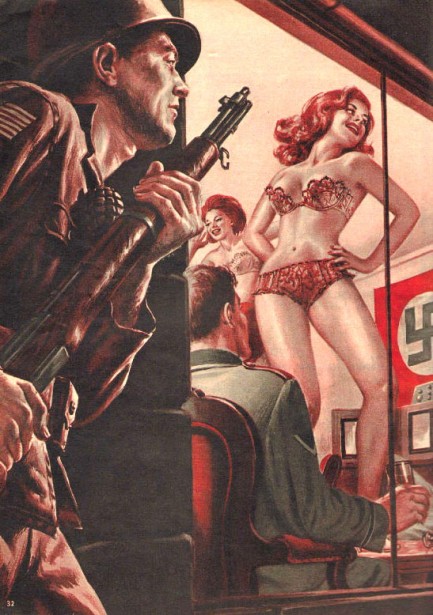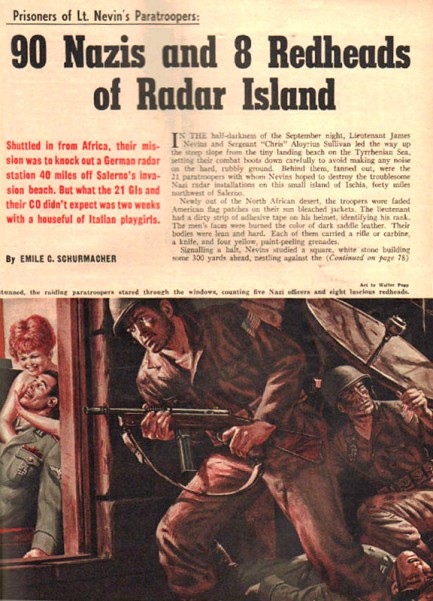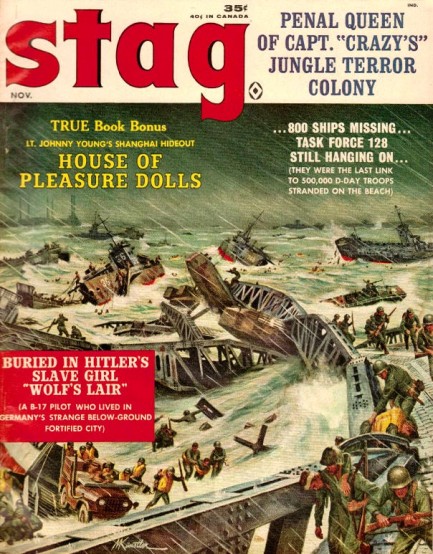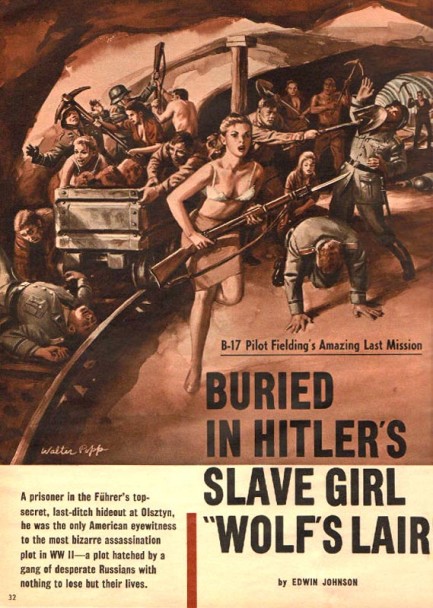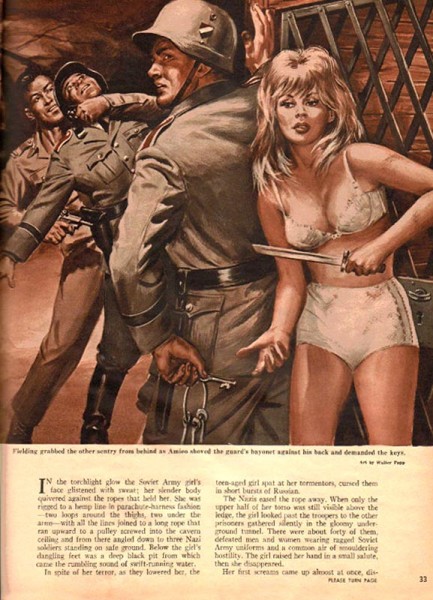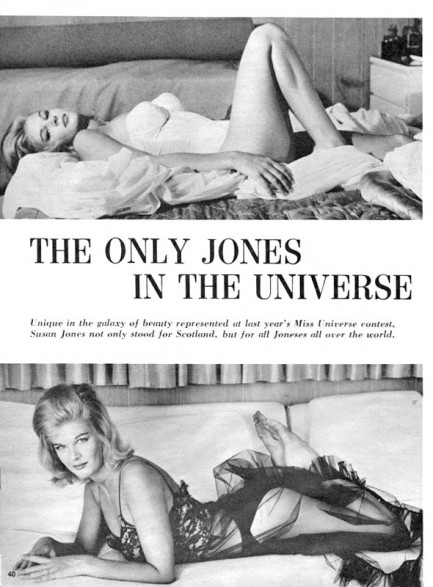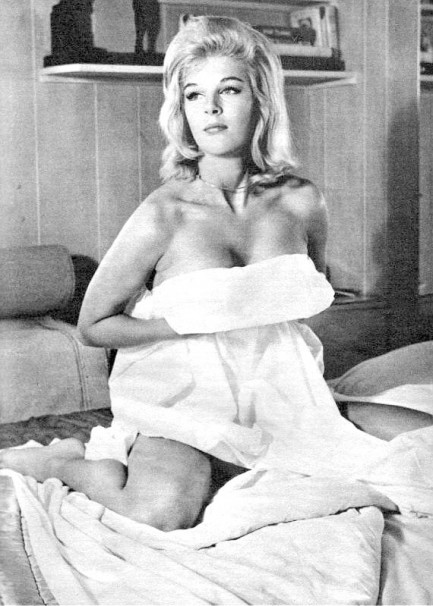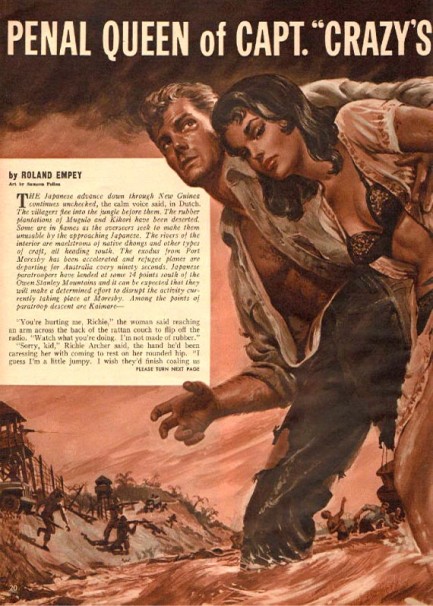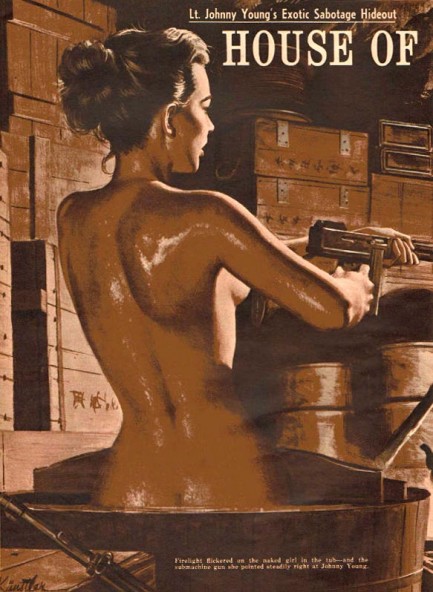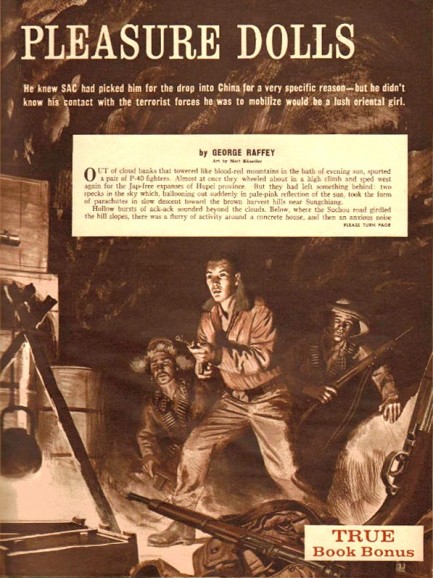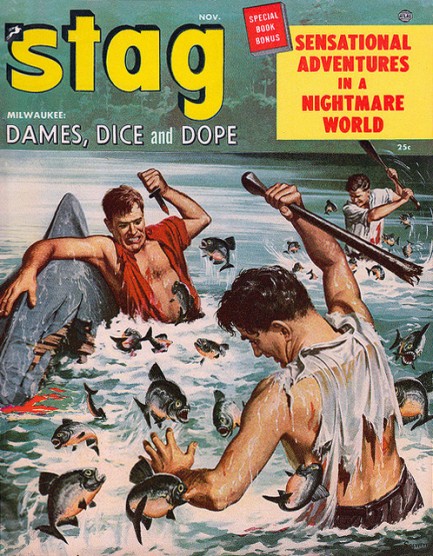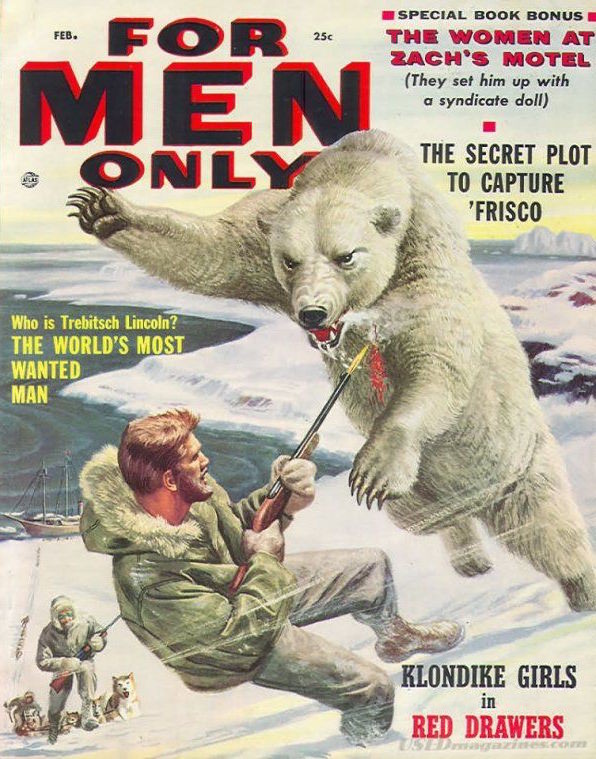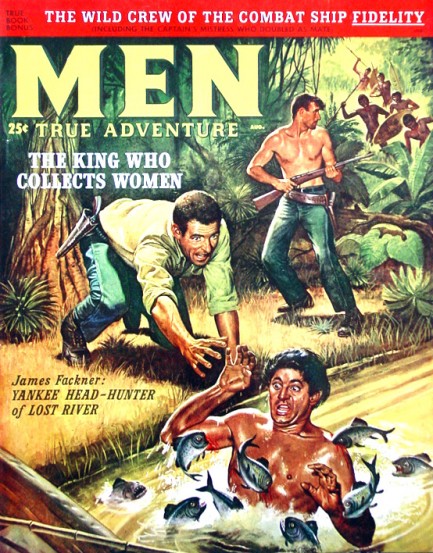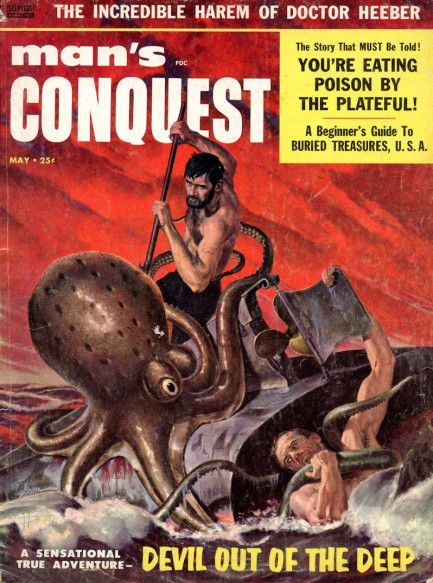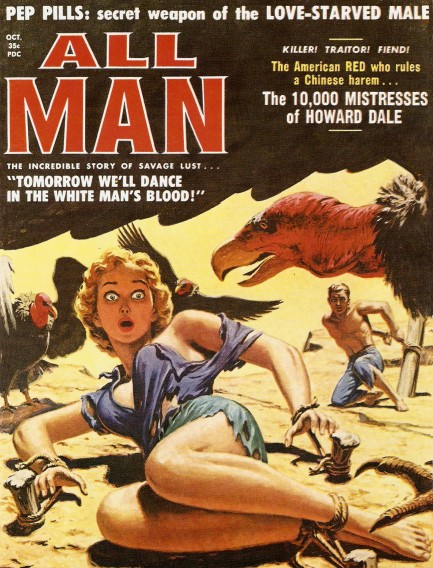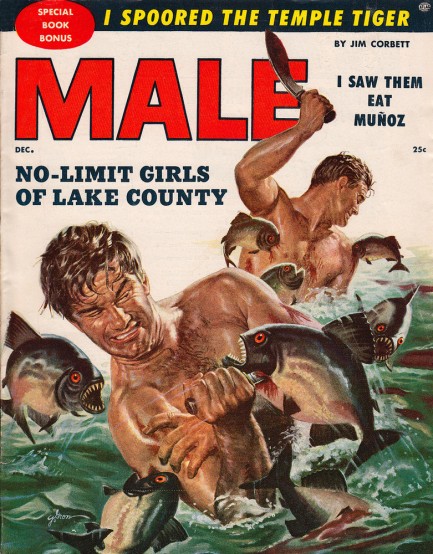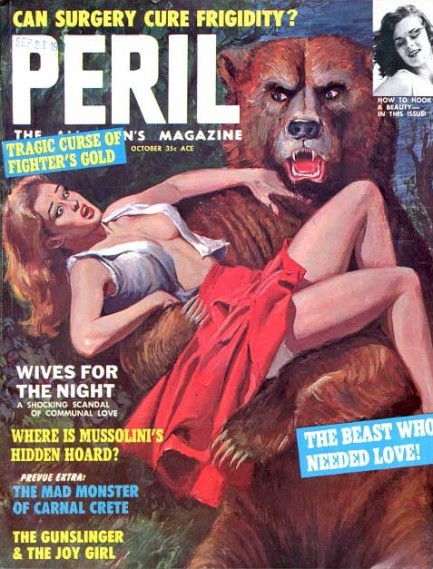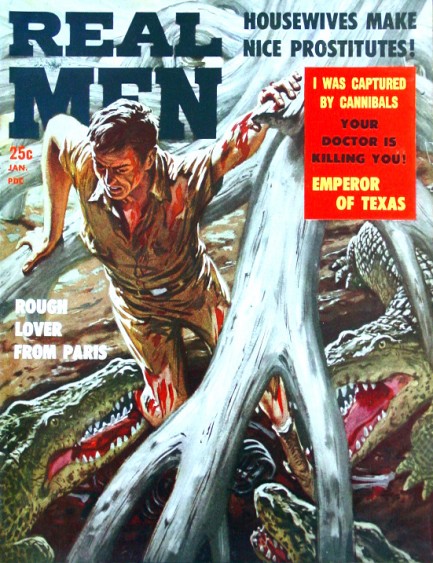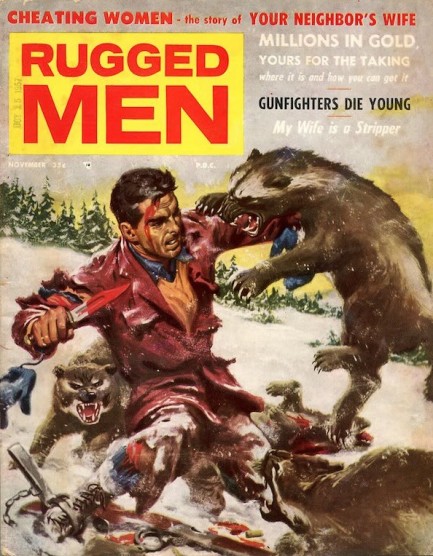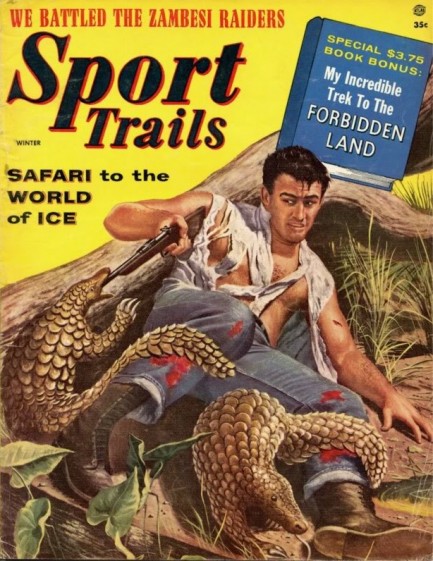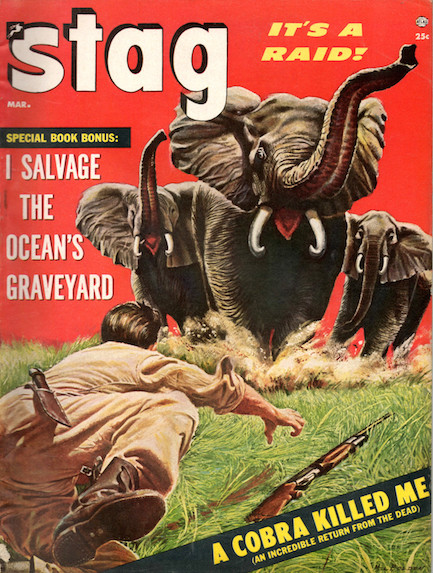 We've been seeing each other for a while now. I've decided you can start coming up the front stairs. 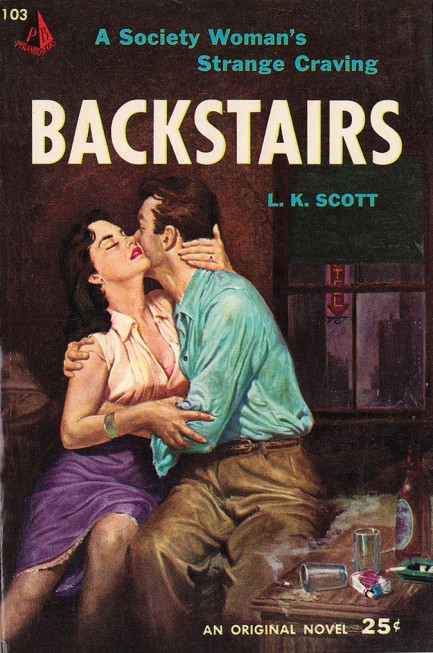
Above, a Jim Bentley cover for L.K. Scott's Backstairs, 1953 for Pyramid Books. Bentley also worked for various men's adventure magazines, including Stag, for which he illustrated the James Jones story “The Knife” in December 1957. Jones, you may remember, wrote From Here to Eternity. We'll see if we can dig up more from Bentley later.
 This Stag hunt turned up a less-than-healthy specimen. 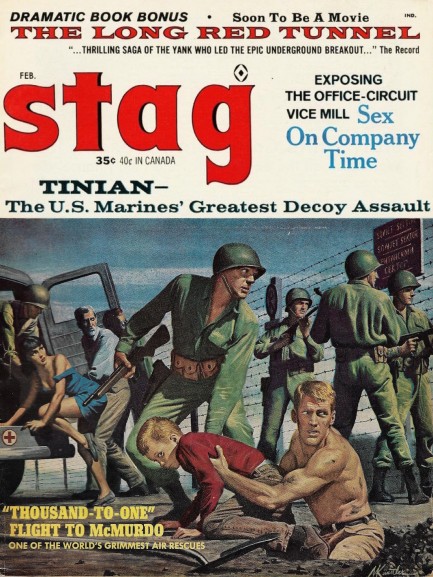
Above and below are a few scans from a February 1965 issue of Stag magazine. This was thrown gratis into a batch of men's adventure magazines we purchased due to the fact that it had serious issues—i.e. numerous pages missing. That's both bad and good. It's bad because we'd love to see the missing art and read the missing bits of stories, but it's good because, since scanning generally destroys these old staple bound magazines, we had no qualms about scanning what was left of this one. The magazines we like tend never to get scanned, though we keep promising. We did the deed on this one with a clear conscience and tossed the carcass into the recycling bin. But we kept the cover, which was painted by Mort Kunstler. You can't throw away the covers. It's just wrong. Scans below.
 War is hell, but being a prisoner of war can be worse. 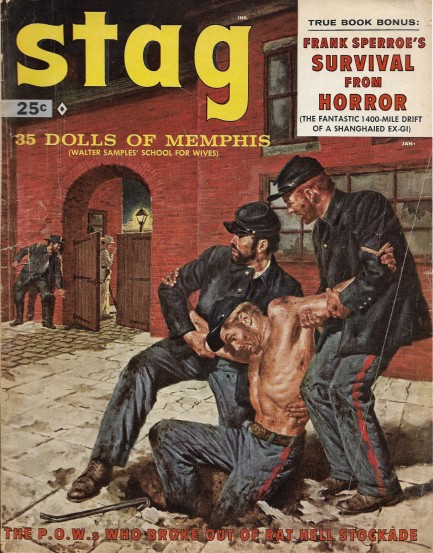
This January 1959 copy of Stag is an example of the joys of collecting old magazines. We bought it for three dollars, but it's being auctioned on Ebay right now for $100. Mort Kunstler handles the cover chores, illustrating Edward Newman's story “The P.O.W.s Who Broke Out of Rat Hell Stockade,” which deals with a group of Union soldiers during the U.S. Civil War who tunneled their way out of Richmond's Libby Prison. The story is true. The escape was one of the most successful breakouts of the war. The escapees were highly motivated due to the fact that Libby Prison was a hellhole that generated high mortality rates due to abuse, starvation, exposure to severe weather, and terrible overcrowding. A contemporary newspaper had this to say: “They are huddled up and jammed into every nook and corner; at the bathing troughs, around the cooking stoves, everywhere there is a wrangling, jostling crowd; at night the floor of every room they occupy in the building is covered, every square inch of it, by uneasy slumberers, lying side by side, and heel to head, as tightly packed as if the prison were a huge, improbable box of nocturnal sardines.” Inside Stag is art from James Bama, Kunstler again, Joe Little, Al Rossi, and Bruce Minney. You also get model/actress Irène Tunc, who was Miss France of 1954 and appeared in about thirty films during a three-decade film career. All this and more below, in twenty-three scans.
Update: we got the following e-mail from James N:
The cover of Stag, January 1959 was painted by James Bama. The credit to Mort Kunstler as printed in the magazine was an editorial error. Bama has confirmed this. For the sake of historical accuracy it would be nice if you changed your Jan. 9, 2017 post to reflect Jim Bama's true credit. We've talked a lot about how official credits can be wrong, so we're inclined to believe the cover was mistakenly attributed by editors because we already know they were human and made these types of goofs. But the process of collecting and curating vintage art offers the chance to get things right. So we're calling this cover a Bama, and thanks to James N. for taking the effort to write us. 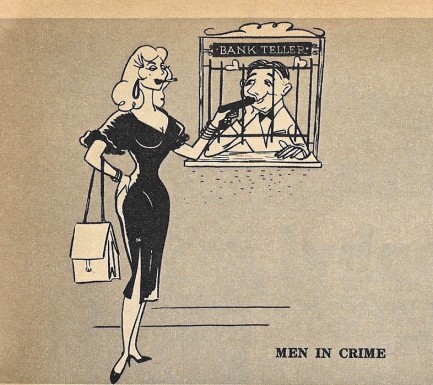 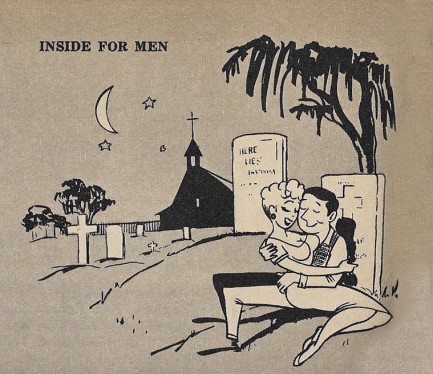 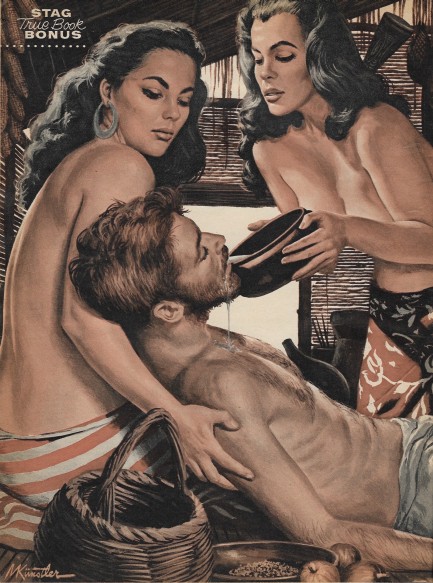 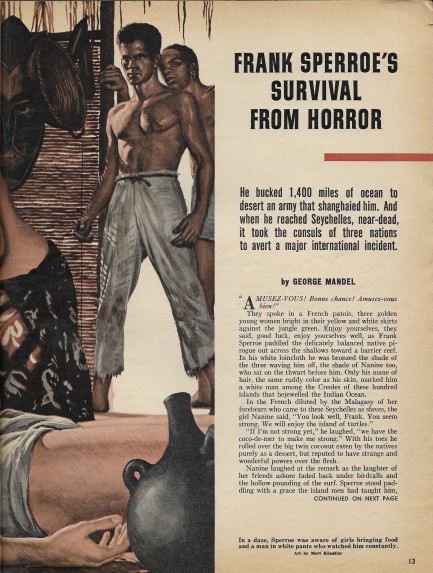 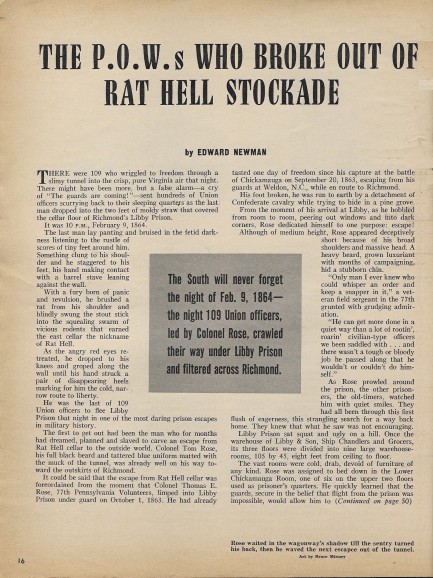 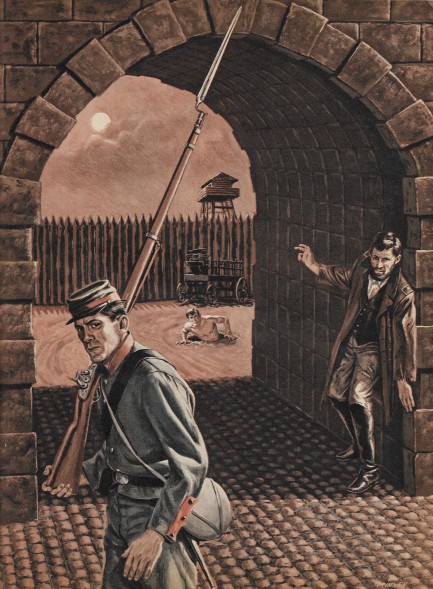 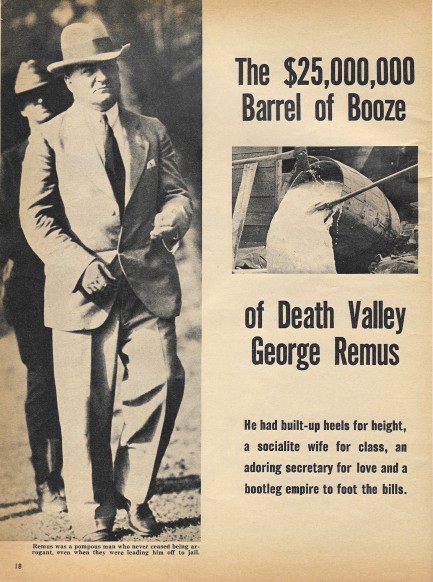 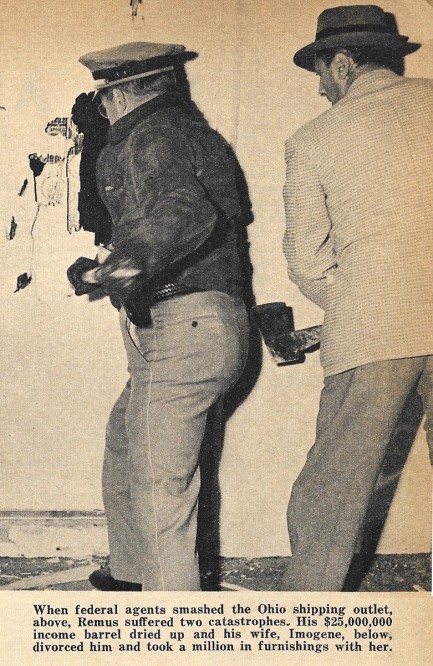 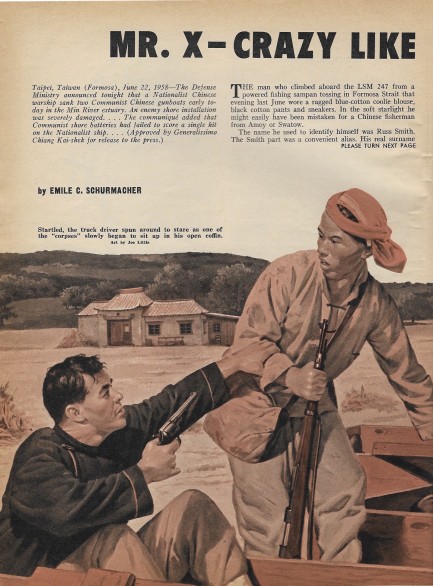 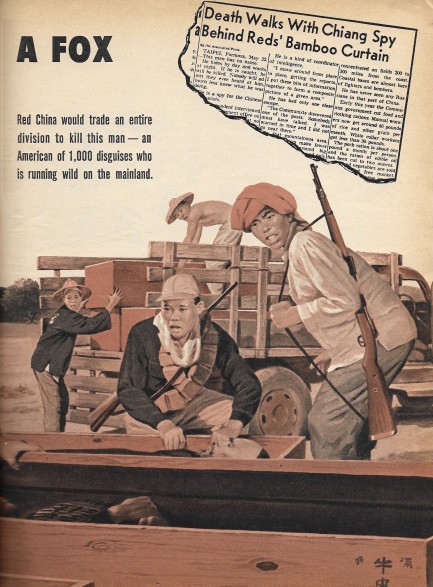 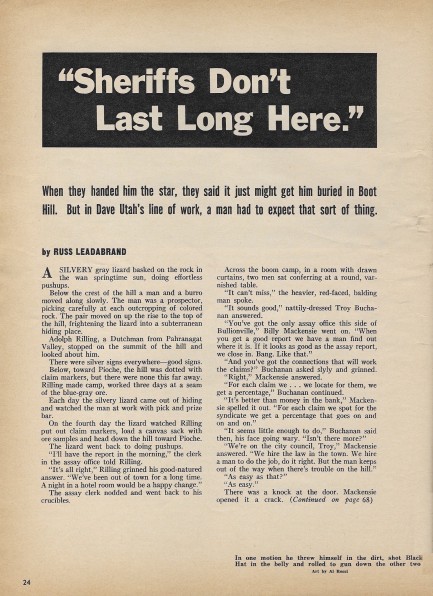 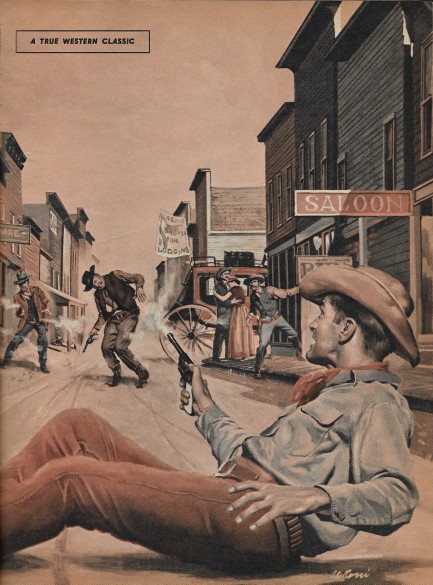 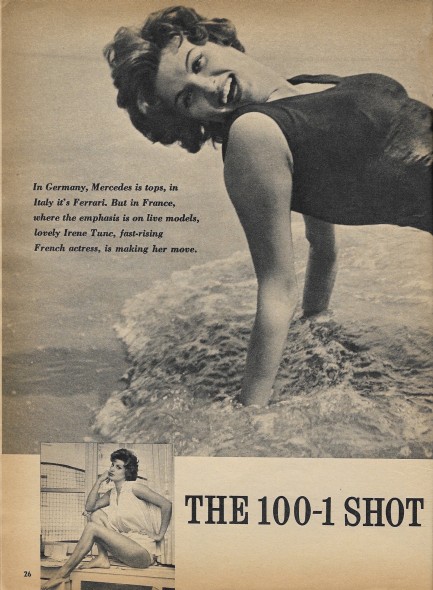 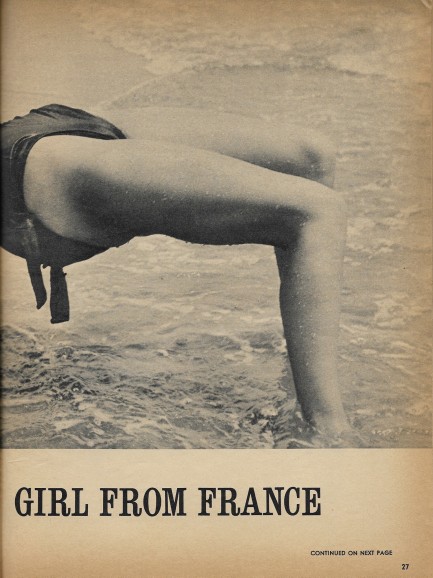 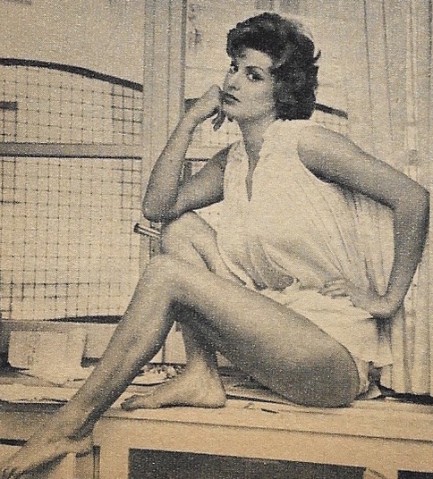 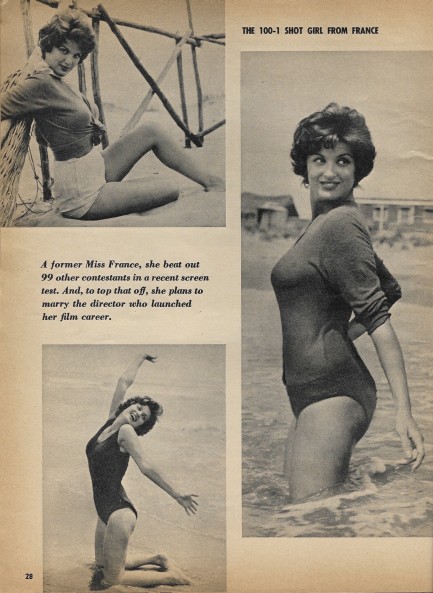 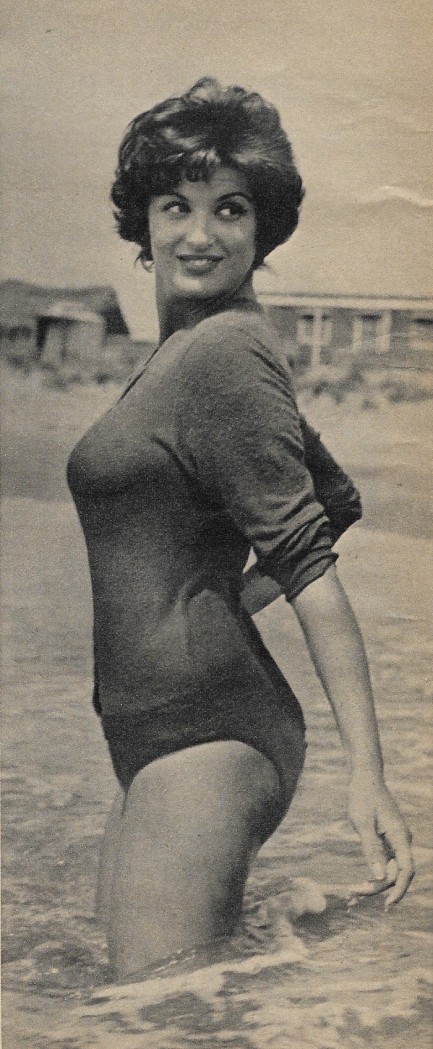 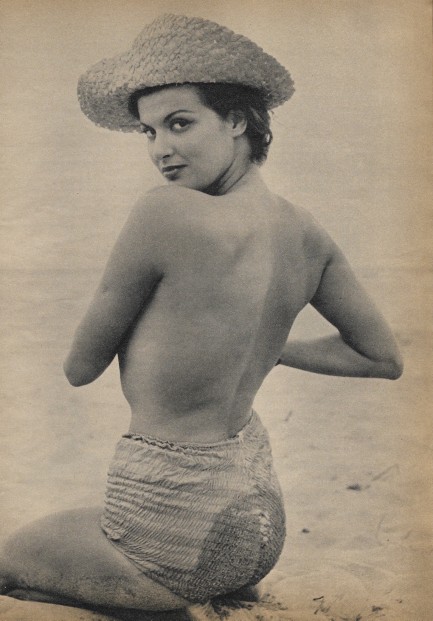 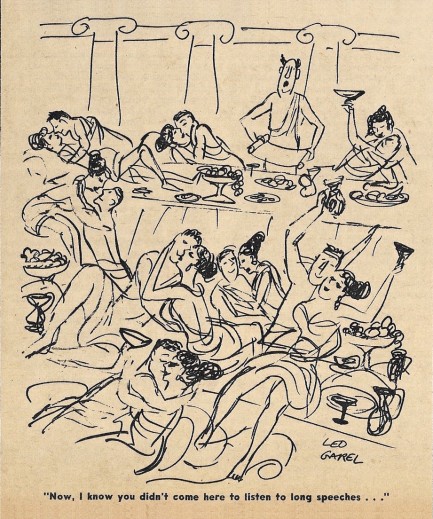   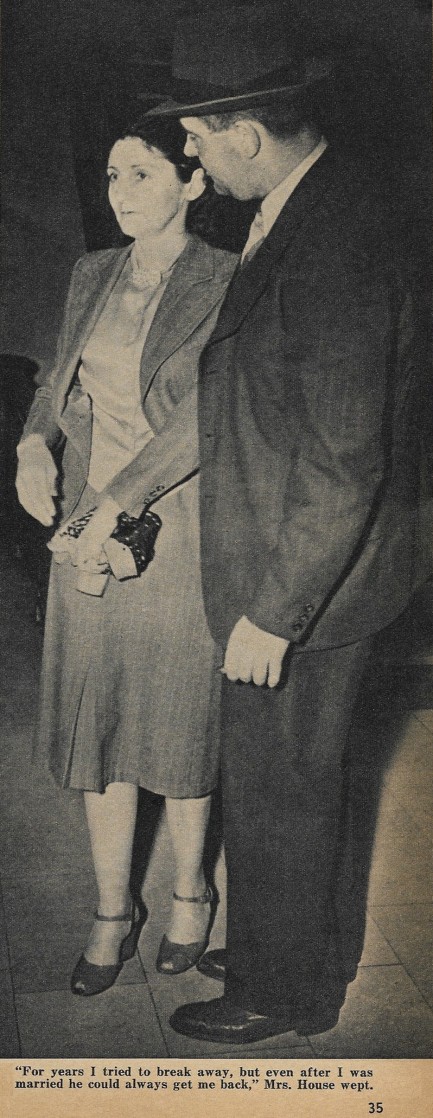 
 It's ironic they call this place the O.K. Corral, because things have not gone well since I came in here. 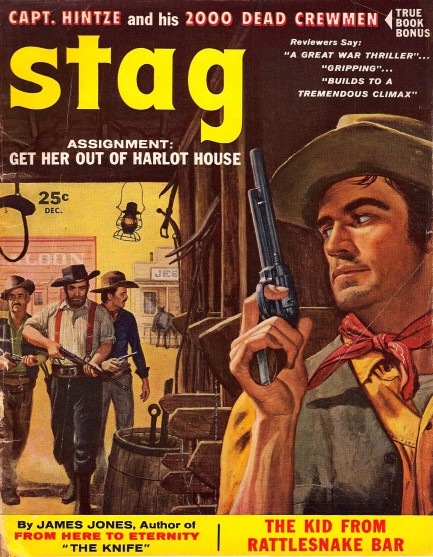 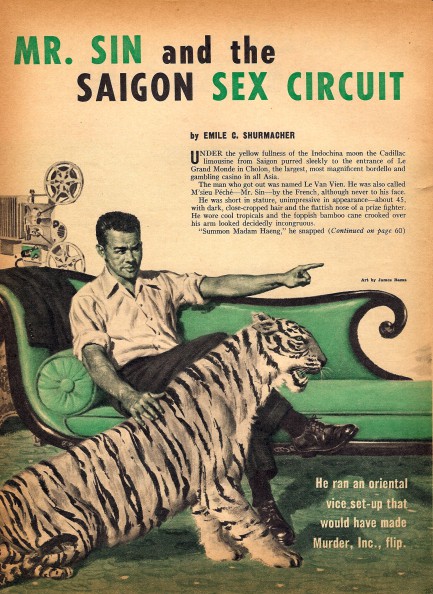 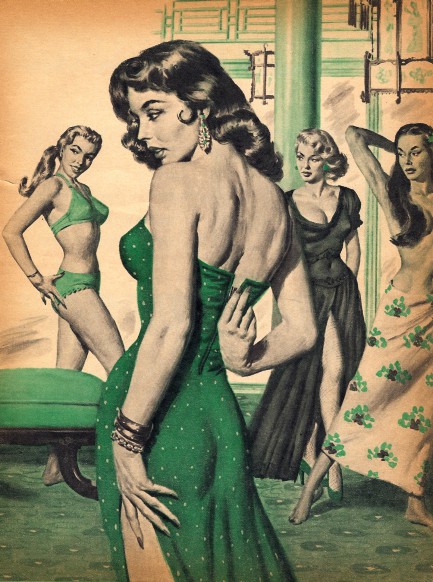 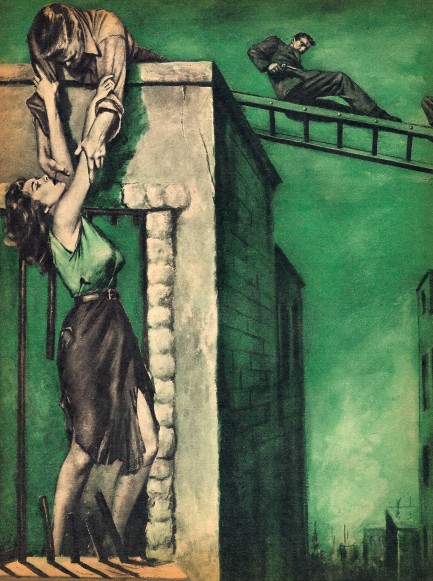 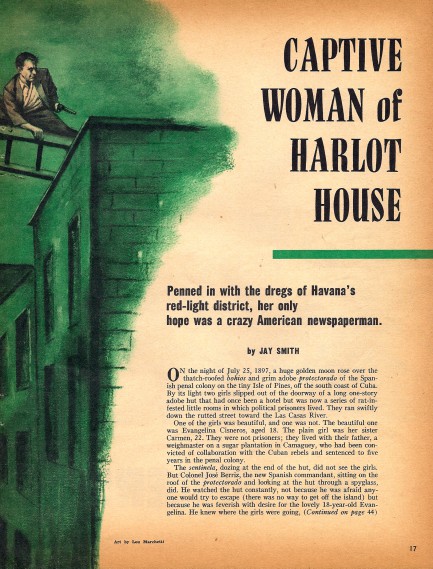 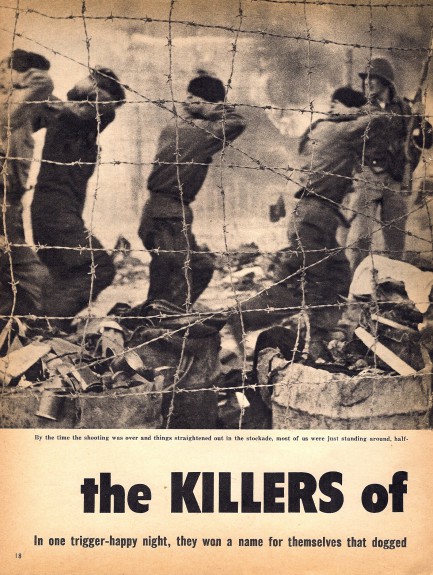 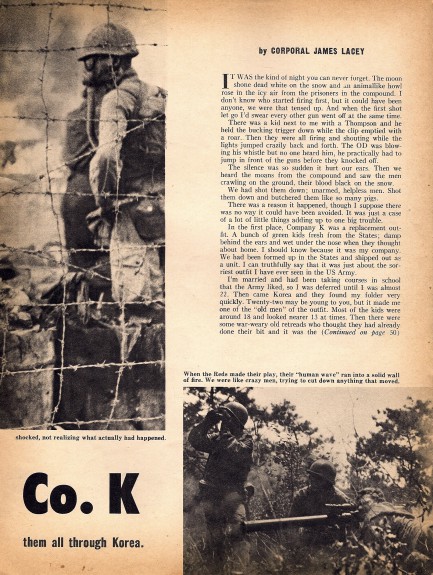 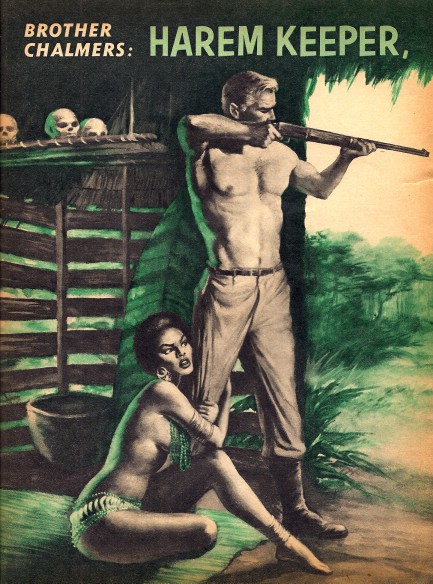 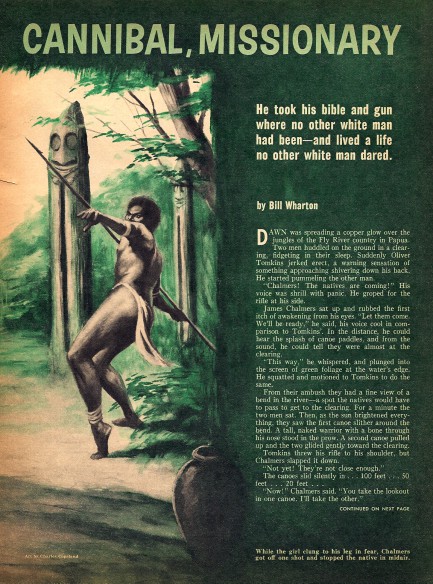  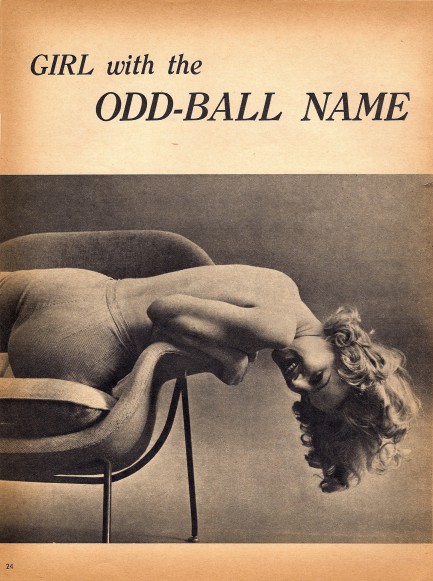 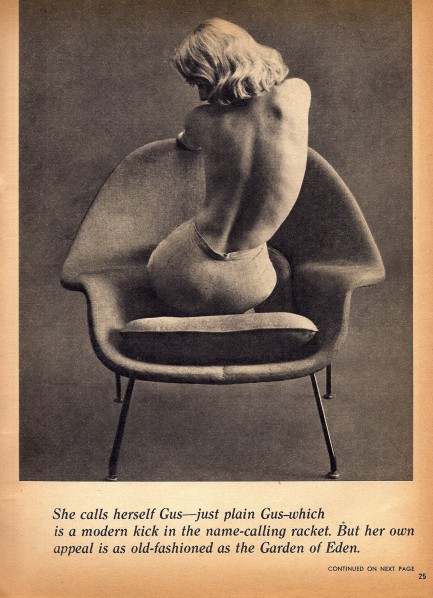 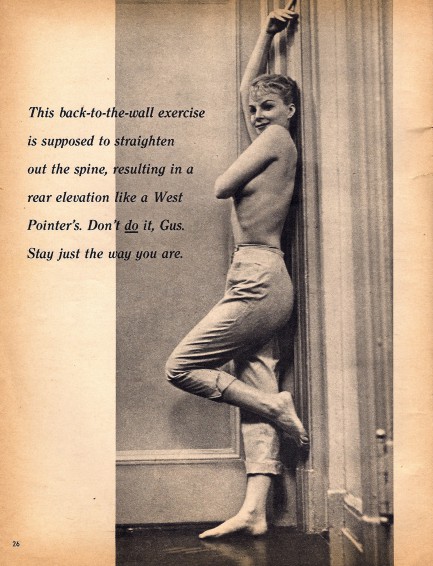 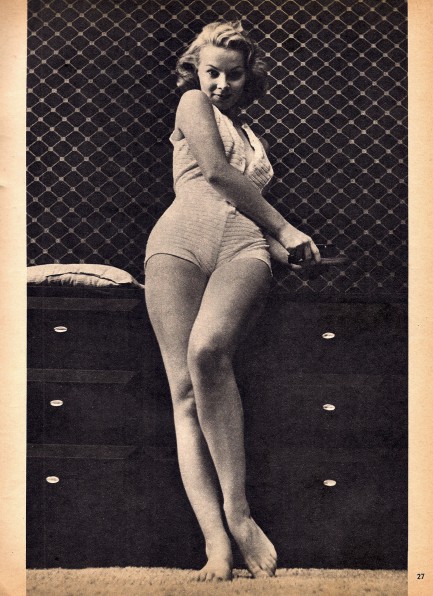 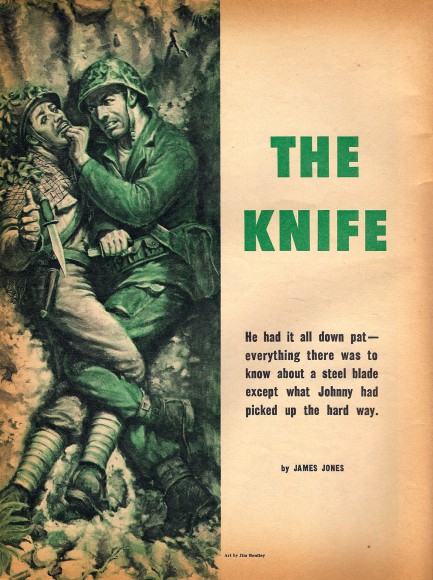 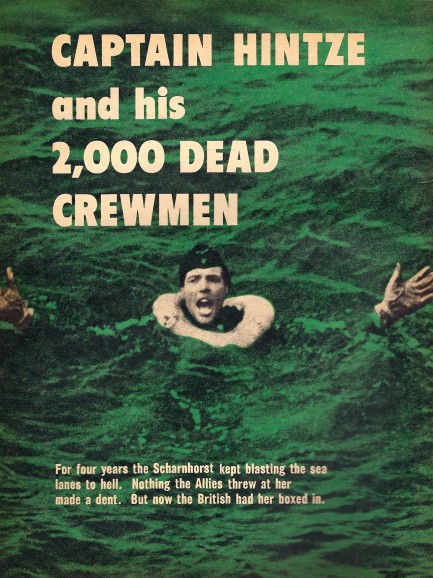 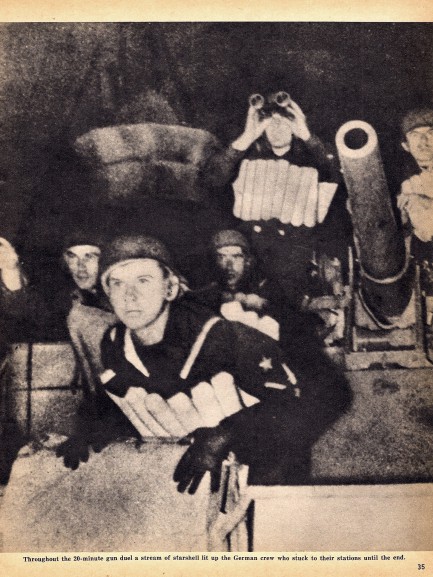  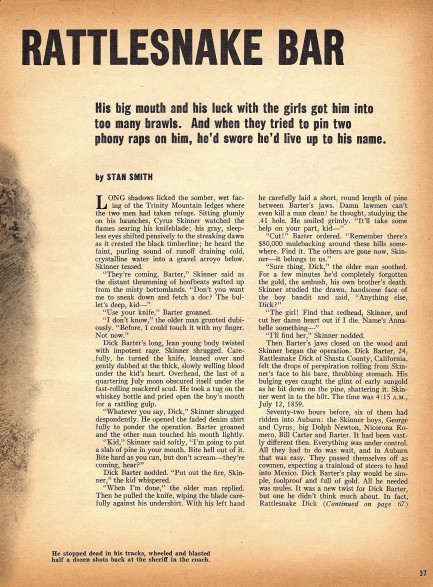 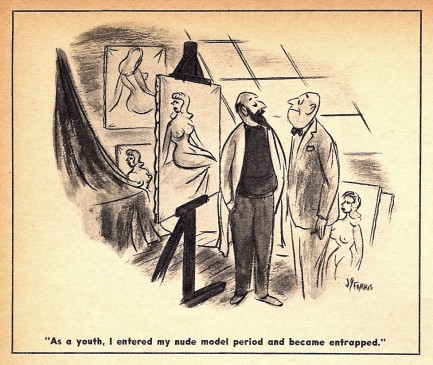 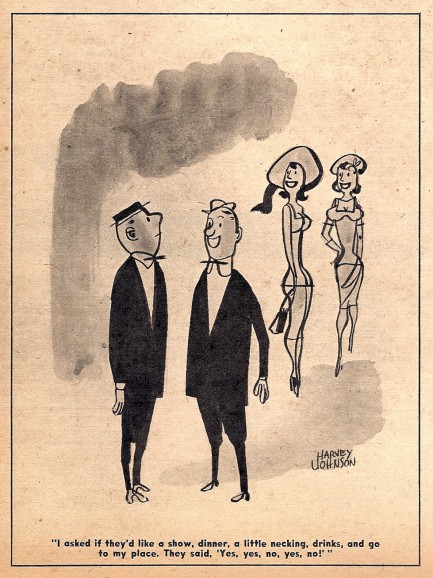 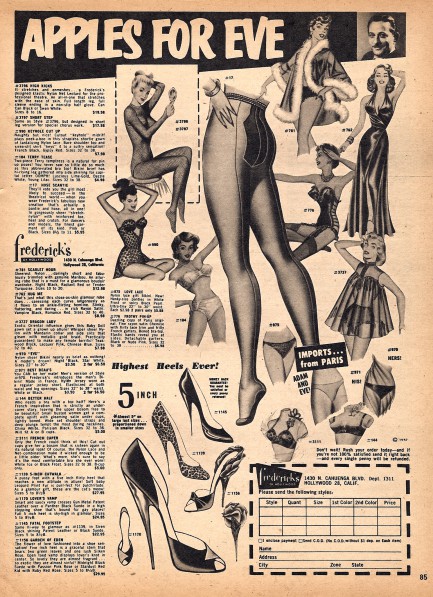
Above, Stag magazine published December 1957, with an uncredited cover and interior art from James Bama, Emile C. Shurmacher, Jay Smith, Charles Copeland, Jim Bentley, Lou Marchetti, and Mel Crair. We checked the auction sites this morning and saw this issue going for twenty dollars minimum, so we're feeling pretty smart because we got ours for four bucks. Probably the most interesting story is Bill Wharton's “Brother Chalmers,” about a pompous white missionary in Papua New Guinea who has very little in the way of morals. But it has a happy ending—he gets his brains bashed out.
 But ask now the beasts, and they shall eat thee. 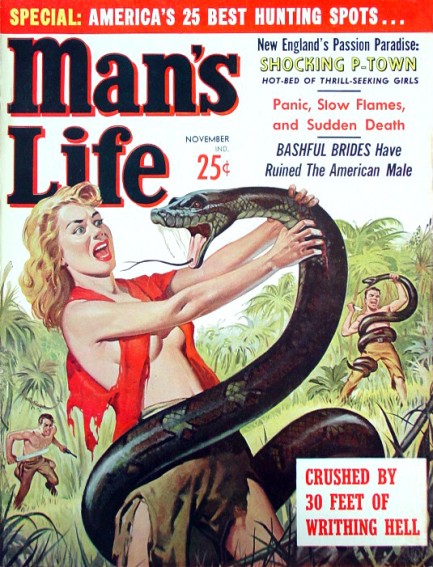
It’s been a while since our last collection of animal attack magazine covers, so on this lovely Friday (at least where we are) we thought we’d give nature a chance to express its opinion about humanity. And its opinion is: “I hate all of you. Even the pretty ones.” We have eleven more examples of nature's unreasonable stance below, including a great piranha cover that features the one guy who in real life would know better than to be attacked being attacked. Anyway, just to give you an idea how many men’s magazines there were, and how pervasive this animal attack theme was, all the publications we've posted are different. There are actually even more, but we couldn’t locate good scans of those. Which reminds us to thank the original uploaders on these.
 We haven’t been there but we’re pretty sure it’s nothing like this. 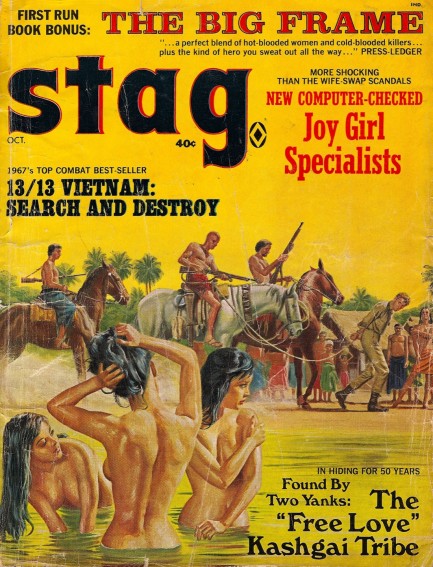
Today we have a Stag magazine from October 1967 with cover art by Mort Kunstler illustrating Emile C. Schurmacher’s exotic yarn about sex crazed women in Kashgai, Iran. Apparently free love was flowing like crude oil in the Fertile Crescent—or maybe it was just flowing in Schurmacher’s fertile imagination. That’s un-retouched color, by the way. Somehow, the magazine took some wear and tear over the years but did not fade. Content-wise, it follows the time-honored men’s magazine form, with tales of loose women, righteous violence, and international adventure, all while hitting the political hot buttons of the moment—Vietnam, hippies, and drugs. Fifteen years earlier it would have been Korea, commies, and the Mafia. The semi-gloss, two-color interior illustrations have a wonderful impact, including Charles Copland’s nice spread for W. J. Saber’s centerpiece story “The Big Frame.” Also of interest is an exposé on Wallace Groves, a Wall Street exec/felon who, after serving a prison term for mail fraud, jetted down to the Bahamas, bought 214 square miles of wilderness and turned it into the resort and gambling haven known today as Freetown. Apparently crime really does pay, especially on Wall Street, but we digress. We love how the Bahamian wilderness is described in the text as useless. One day not too very far in the future, everyone—not just scientists and environmentalists—will think of resorts and gambling havens as useless and pristine swaths of trees and wetlands as indispensable. When that day inevitably comes, stories like these will seem like profiles in civilizational lunacy, but we digress again. You also get an interesting story on Milton Helpern, an NYC pathologist who by 1967 had conducted 80,000 autopsies and been called as an expert witness in innumerable trials, typically by prosecutors on behalf of murder victims. The footer on the article pits Helpern against F. Lee Bailey, the famous Boston defense attorney, with inset text telling readers that Helpern’s experience “beats any lawyer’s grandstand play any day.” We have a feeling Bailey won a few battles too. All in all, you get more than your money’s worth with Stag—great art, diverting stories, and pervasive fantasies that women the world over hang around naked waiting for a Western stud to happen along. Highly recommended publication. Scans below.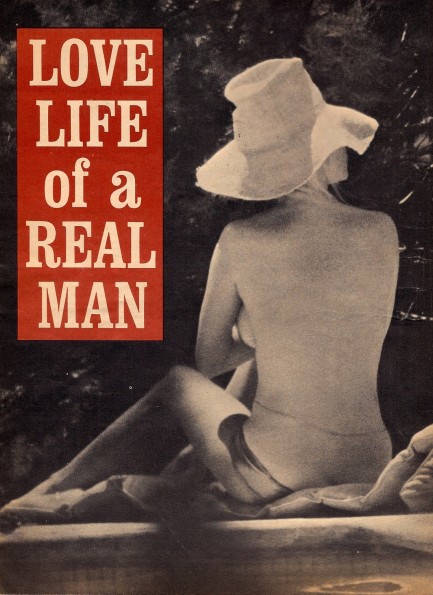    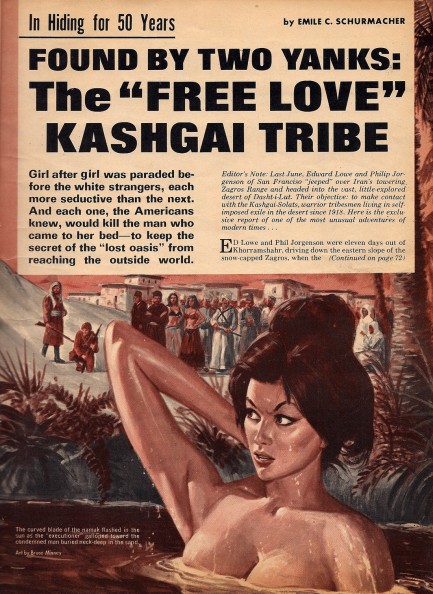 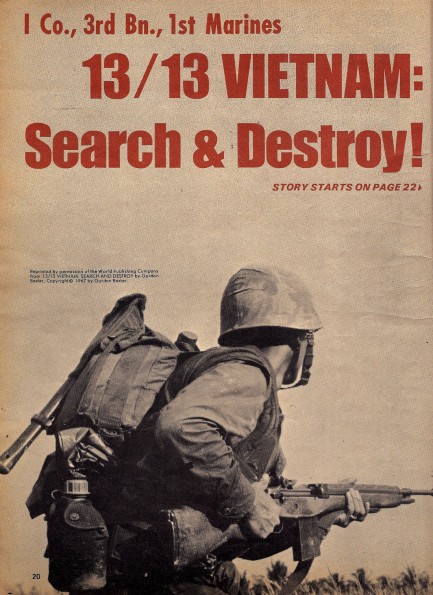 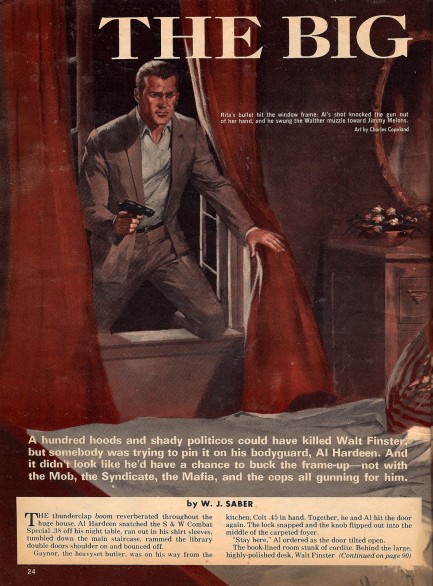 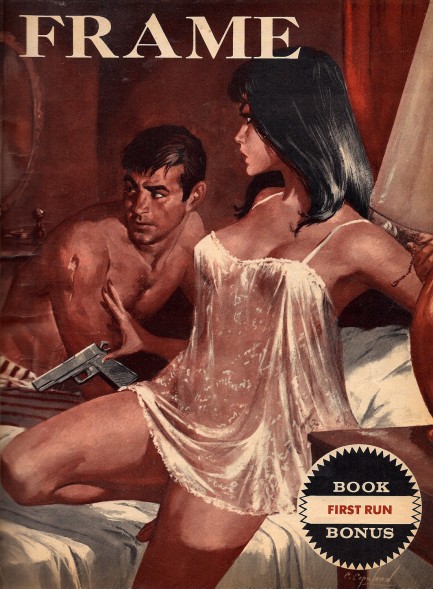 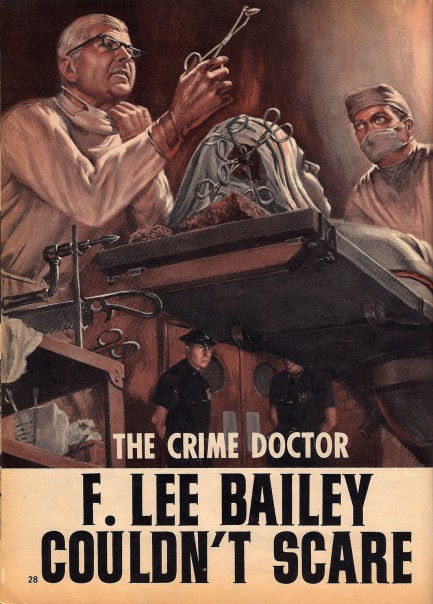 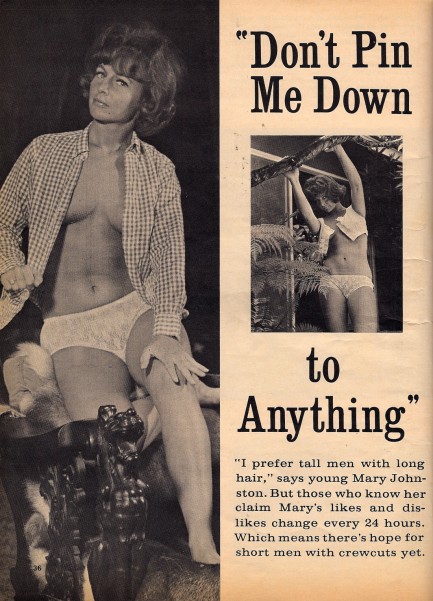 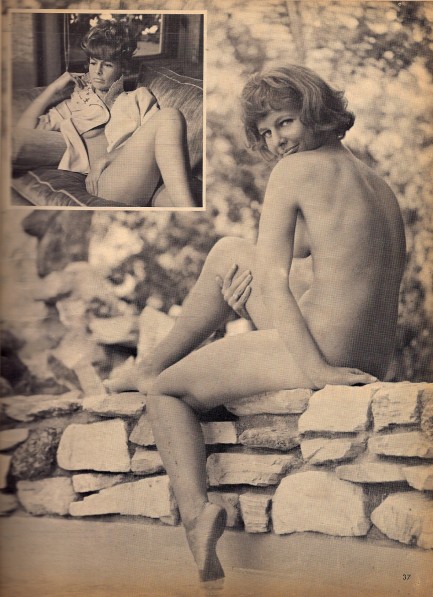 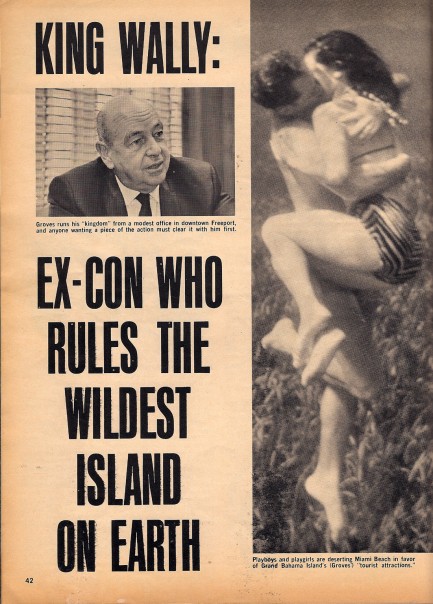 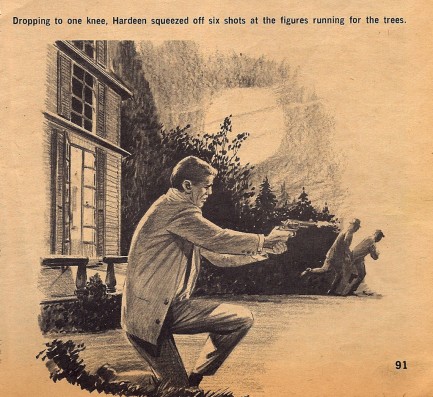 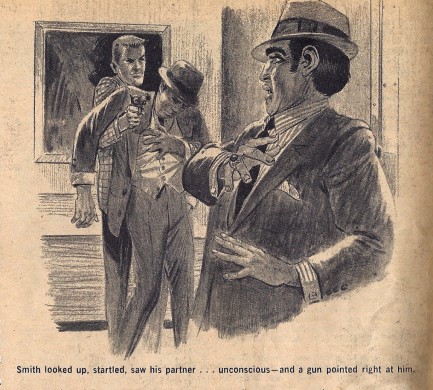 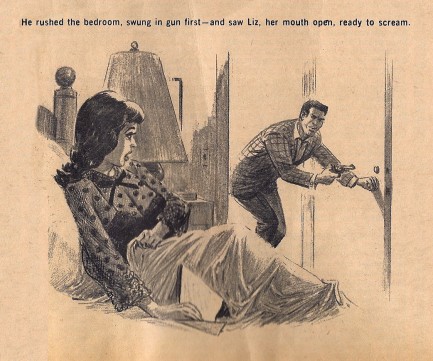 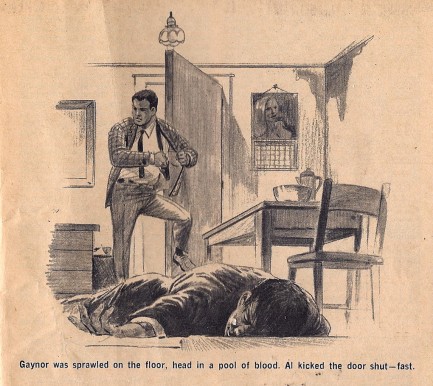 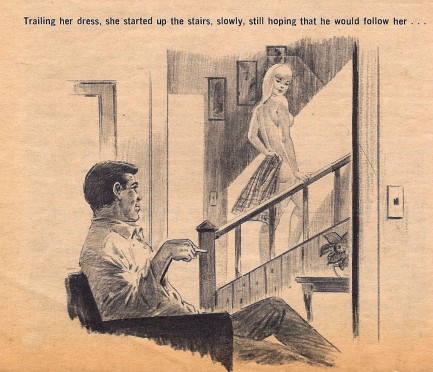 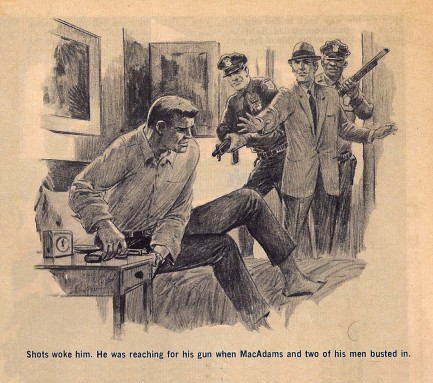 
|
 |

The headlines that mattered yesteryear.
2003—Hope Dies
Film legend Bob Hope dies of pneumonia two months after celebrating his 100th birthday. 1945—Churchill Given the Sack
In spite of admiring Winston Churchill as a great wartime leader, Britons elect
Clement Attlee the nation's new prime minister in a sweeping victory for the Labour Party over the Conservatives. 1952—Evita Peron Dies
Eva Duarte de Peron, aka Evita, wife of the president of the Argentine Republic, dies from cancer at age 33. Evita had brought the working classes into a position of political power never witnessed before, but was hated by the nation's powerful military class. She is lain to rest in Milan, Italy in a secret grave under a nun's name, but is eventually returned to Argentina for reburial beside her husband in 1974. 1943—Mussolini Calls It Quits
Italian dictator Benito Mussolini steps down as head of the armed forces and the government. It soon becomes clear that Il Duce did not relinquish power voluntarily, but was forced to resign after former Fascist colleagues turned against him. He is later installed by Germany as leader of the Italian Social Republic in the north of the country, but is killed by partisans in 1945.
|

|
|

It's easy. We have an uploader that makes it a snap. Use it to submit your art, text, header, and subhead. Your post can be funny, serious, or anything in between, as long as it's vintage pulp. You'll get a byline and experience the fleeting pride of free authorship. We'll edit your post for typos, but the rest is up to you. Click here to give us your best shot.

|
|

